
Vocational Rehabilitation Self-Employment Guide
Chapter 5:
The Marketing Plan

Introduction
Marketing lets people know about your business and encourages them to buy your product or service. In your marketing plan, you should describe:
- Why people need your product or service
- Your target customers
- Other businesses that are similar to yours
- The marketing strategies you will use to reach your target customers
It is important to describe how and where you find information so people who review your marketing plan know your ideas are based on research and not guesses.
This chapter will help you complete the Marketing Plan section in the Business Plan Outline you downloaded in Chapter 4.
Parts of the Marketing Plan
Business Qualities
Your marketing plan needs to include information about the qualities of your product or service. What makes your business special? How do you stand out from similar businesses? Why will customers want to use your business?


Business Name
Once you figure out the important qualities of your business, think about how your business name reflects those qualities. A good business name lets customers know what your business sells or what your business does.
Customers
Your marketing plan should include information about your target customers. Your customers might be individuals, or they might be other businesses.

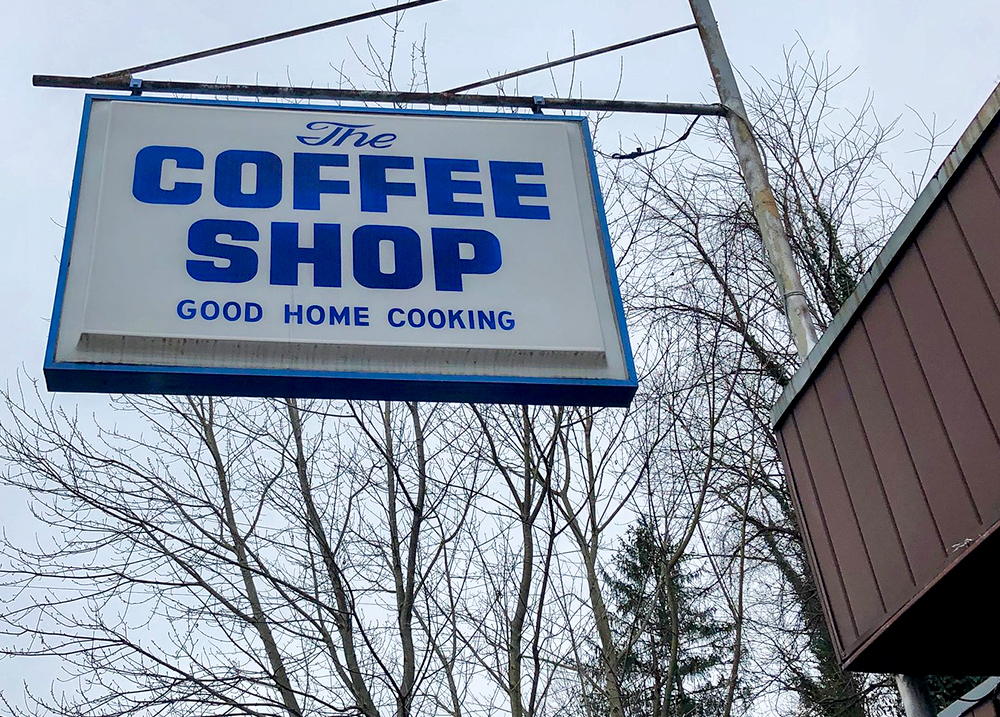
Similar Businesses
It is important to know about similar businesses that might be competing with you. You should know how they are the same and how they are different from your business. What do they charge? What are their challenges and successes? How do they advertise to their customers? You can answer these types of questions by doing some market research.
Marketing Strategy & Methods
Marketing strategies and methods are the things you do to tell customers about your business. These include things like designing a logo, making a website, and handing out business cards and flyers.

Use the “Return to tabs” button below to jump to the tab navigation bar.
Then continue by selecting the next tab in the list.
Business Qualities and Name
Business qualities are the things that make your product or service valuable to customers. Knowing what your business qualities are helps you focus your marketing efforts to attract customers.
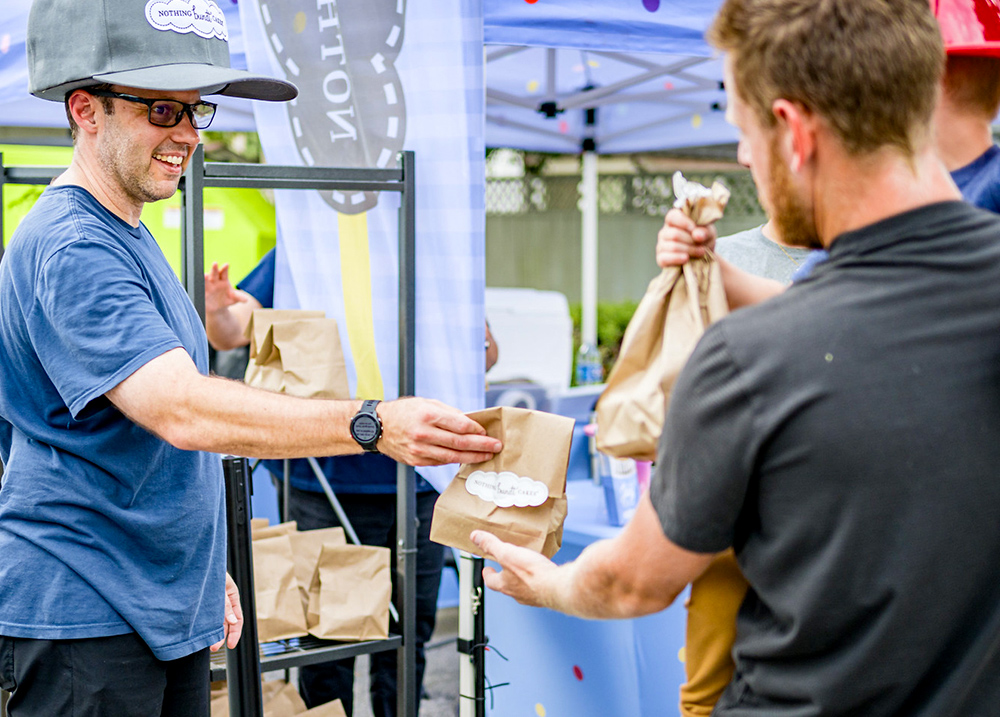
Business Qualities
Small businesses have a hard time attracting customers based on price. The reason for this is that larger businesses can do things like buy materials in bulk, which lets them make their products or provide their services at lower costs.
However, this doesn’t mean small businesses won’t have a customer base. There are many other reasons why a customer might choose a specific business. Here are some:
- Location and hours
- The business is easier to get to or is open at more convenient times.
- High-quality product
- The product is of better quality and lasts longer.
- The product or service is unique.
- Image
- The business is part of a “buy local” campaign.
- The business is sustainable or uses recycled materials.
- Customer service
- The business has excellent customer service. Customers can come in and have their questions answered and issues taken care of quickly.
- The business has a welcoming feel to it.
Think about why customers will go to your business. Do any of the reasons above apply to your business? What other reasons can you think of?
Getting Started
To help you think about the qualities of your business, answer the following questions in the fillable Business Qualities Worksheet.
Answers to these questions can be used to start developing your marketing plan.
- What are some important qualities of your product or service?
- What makes your product or service unique?
- What are your strengths?
- How will customers benefit from buying your product or service?
- What types of customers are you trying to attract?
Answers to these questions for a sample business, John’s Woodworking, are provided in John’s Woodworking Business Qualities Worksheet.

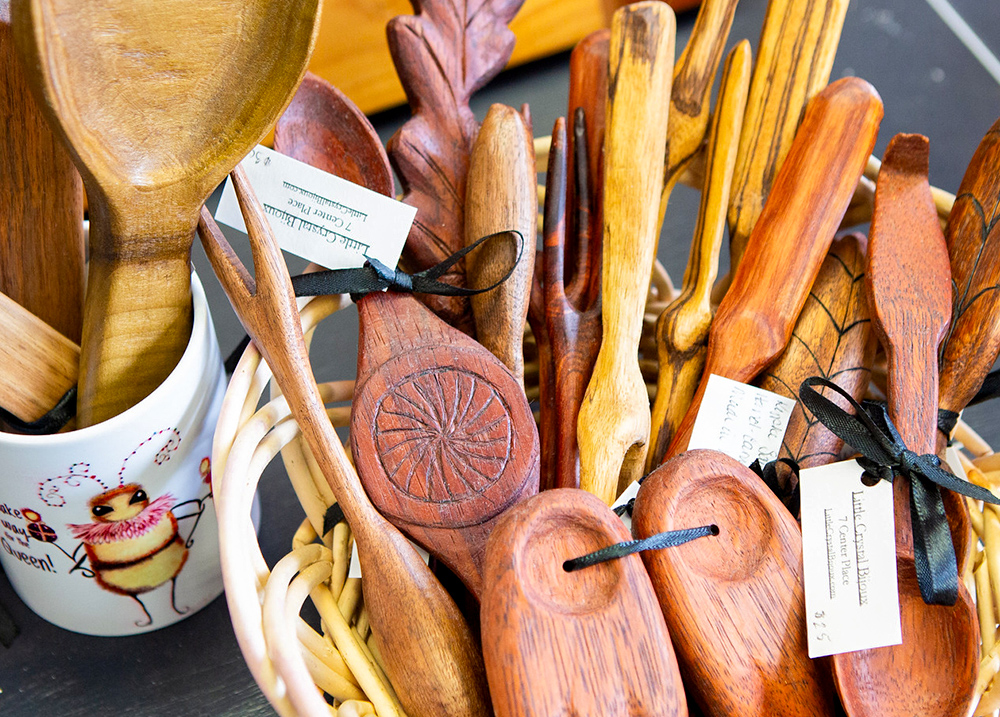
Example: John’s Woodworking
John is starting a custom woodworking business. These are his answers about his business’s qualities.
- What are some important qualities of your product or service? What makes your product or service unique? What are your strengths?
- I have the skills to complete detailed and quality work.
- I can work with many different types of wood to create one-of-a-kind products.
- I can work at the customer’s home or in my shop.
- I am dependable.
- I work directly with customers to meet their personal needs.
- How will customers benefit from buying your product or service?
- Customers will benefit from:
- Quality installation
- Products that look good and work well
- Customized products that are exactly what the customer wants
- A contractor who shows up and delivers an end product on time
- A contractor who listens to and does what the customer wants
- Customers will benefit from:
- What types of customers are you trying to attract?
- I hope to attract customers who:
- Own a home but don’t have the skills to do carpentry work
- Want or need a custom item
- Have the income to pay for customized carpentry
- Want someone they can trust to do the work in their home
- I hope to attract customers who:
Business Name
You can use information about the qualities and benefits of your business to help polish your business name. Things to think about as you decide on your business name include:
- Does the name describe what your business does?
- Does the name describe a positive quality of your business?
- Does the name have meaning for your community?
Other things to think about:
- Make sure your business name is not offensive, confusing, or something customers might find distasteful.
- Make sure your business name is different from other businesses, so customers don’t get confused.
- Think about how your business name looks as part of a logo, on a business card, and a website. Generally, shorter business names are more visually appealing.

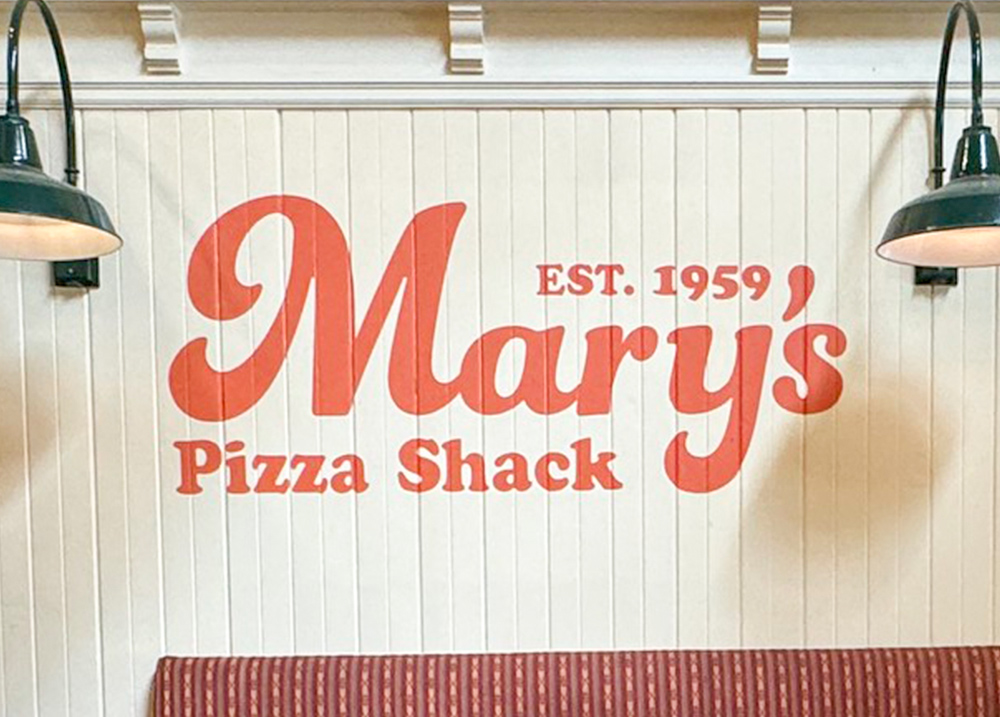
Business Name Availability
Once you decide on a business name, you need to find out if it is available and okay to use. You could get into legal trouble if your business name matches another business.
- Make sure the name or a similar name is not being used in your community or a nearby community.
- Google the name and your state to see if it comes up in a search.
- Walk or drive around your town and ask people on the street if they know of any nearby businesses that have a similar name.
- Check at the U.S. Patent and Trademark Office to make sure the name is not already trademarked.
- Make sure your business name doesn’t match another business name in the state by contacting your state’s filing office for instructions on how to search the state database.
For more information about business names, check out this article from the U.S. Small Business Administration: Choose Your Business Name. It shares information about how to register your business name.
Section Review
Write down answers to the following questions, then open the “Review Your Answers” accordion below to compare.
Green Thumb Landscaping Question
Is Green Thumb Landscaping a good name for a new business? Why or why not?
Sandy’s Stitching & Sewing Service and Supplies Question
Is Sandy’s Stitching & Sewing Service and Supplies a good name for a new business? Why or why not?
Prairie Flower Question
Is Prairie Flower a good name for a new business? Why or why not?
Business Qualities Question
What are some examples of business qualities you might use to market your business?
Review Your Answers

Green Thumb Landscaping Answer
Question: Is Green Thumb Landscaping a good name for a new business? Why or why not?
Answer: Green Thumb Landscaping is a good business name because it describes what the business does. The owner will need to research other business names in the community to make sure there aren’t any with similar names.
Sandy’s Stitching & Sewing Service and Supplies Answer
Question: Is Sandy’s Stitching & Sewing Service and Supplies a good name for a new business? Why or why not?
Answer: Sandy’s Stitching & Sewing Service and Supplies is a good business name because it says what the business does and is probably different from other business names. However, it is long, so it might be hard to use on marketing materials, such as business cards, and could be hard to fit on a sign.


Prairie Flower Answer
Question: Is Prairie Flower a good name for a new business? Why or why not?
Answer: Prairie Flower has a nice ring to it and would look good on marketing materials, but it doesn’t describe what the business does. It might be a good idea to add to the name so potential customers know what the business sells. For example, Prairie Flower Jewelry or Prairie Flower Floral lets customers know what the business sells.
Business Qualities Answer
Question: What are some examples of business qualities you might use to market your business?
Answer: Business qualities you might want to use in marketing include:
- Convenient location and hours
- High-quality product
- Unique product
- Image (e.g., the business is part of a “buy local” campaign)
- Excellent customer service

Use the “Return to tabs” button below to jump to the tab navigation bar.
Then continue by selecting the next tab in the list.
Customers
This section describes your potential customers. Potential customers can be:
- People who will buy your product or service
- A business that will use your product or service to produce their own product (e.g., if you make salsa, another business might use your product in their restaurant)
- A reseller that will sell your product or service (e.g., a jewelry shop that will sell earrings you make)
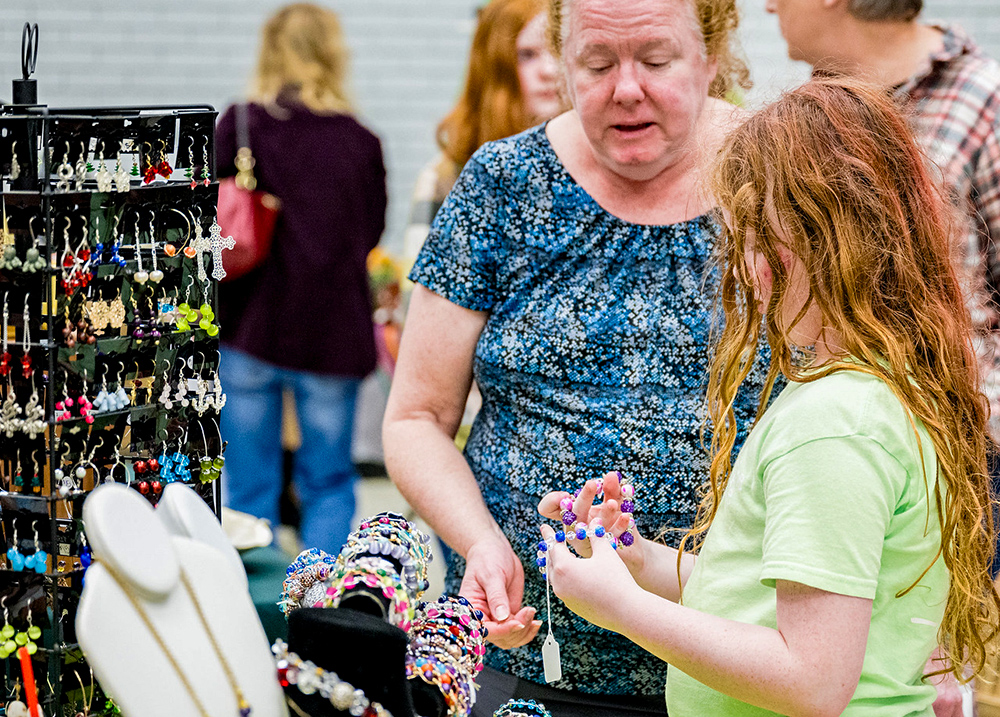
Customer Groups
Knowing Your Customers
Not every customer will buy your product or service for the same reasons. Knowing about your customer groups, or different types of customers, will help you figure out how to market to each of them.
For example, if you are selling pizza, you might have two different customer groups:
- High school students who buy individual slices of pizza for lunch or after school
- Families who buy whole pizzas for dinner
You will need to use different types of marketing to reach these different groups. Delivering flyers door to door might be a good strategy to reach families, but it probably won’t be a good way to reach students. To reach students, you might put flyers on cars at the high school or on a bulletin board at the local community center.
Defining Segments
One way to define your customer groups is by key characteristics. These can be things like where people live, how much money they earn, or their hobbies or interests. Some characteristics to think about include:
- Gender
- Age range (i.e., high school, working age, elderly)
- Education level
- Income level
- Where customers live (i.e., local, state, or national)
- How they will get to or access your business (i.e., at a location or online)
- Their hobbies or interests
- Where they shop and the types of things they buy
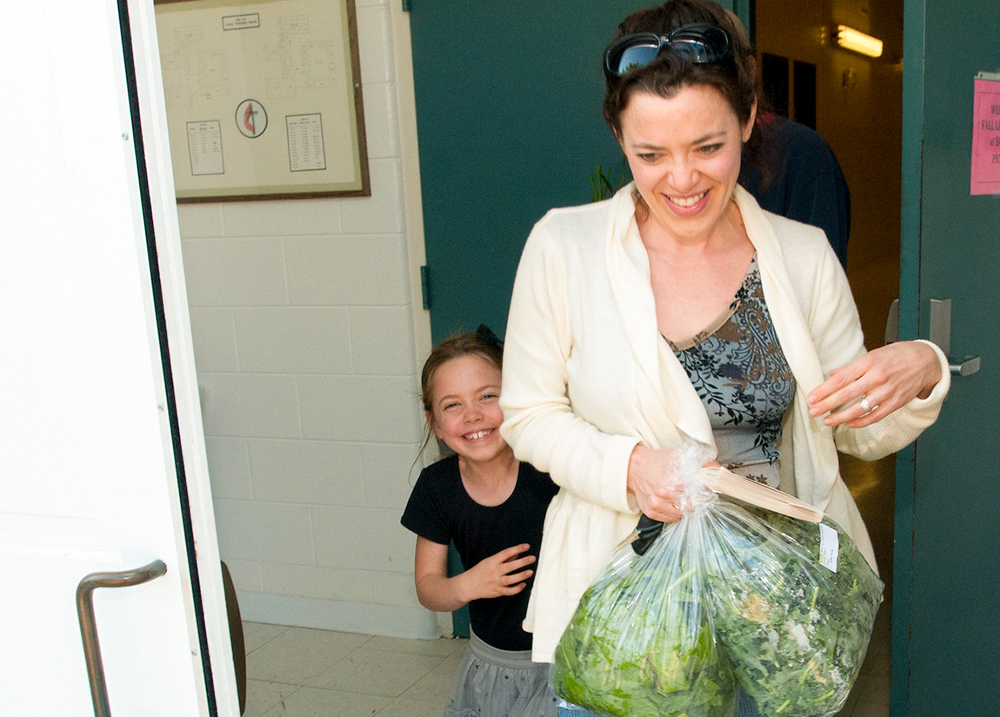

Business Customers
If your potential customers are businesses, you should describe them by things like:
- The type and size of the businesses
- Where the businesses are located
- How they will access your business
- Other services or products they purchase
Customer Behaviors
Another way to divide markets is by customers’ behaviors. These could be things like:
- Reason for purchase (e.g., convenience, quality, price, taste)
- Frequency of purchase (e.g., daily, weekly, monthly, yearly)
- The amount purchased at a time
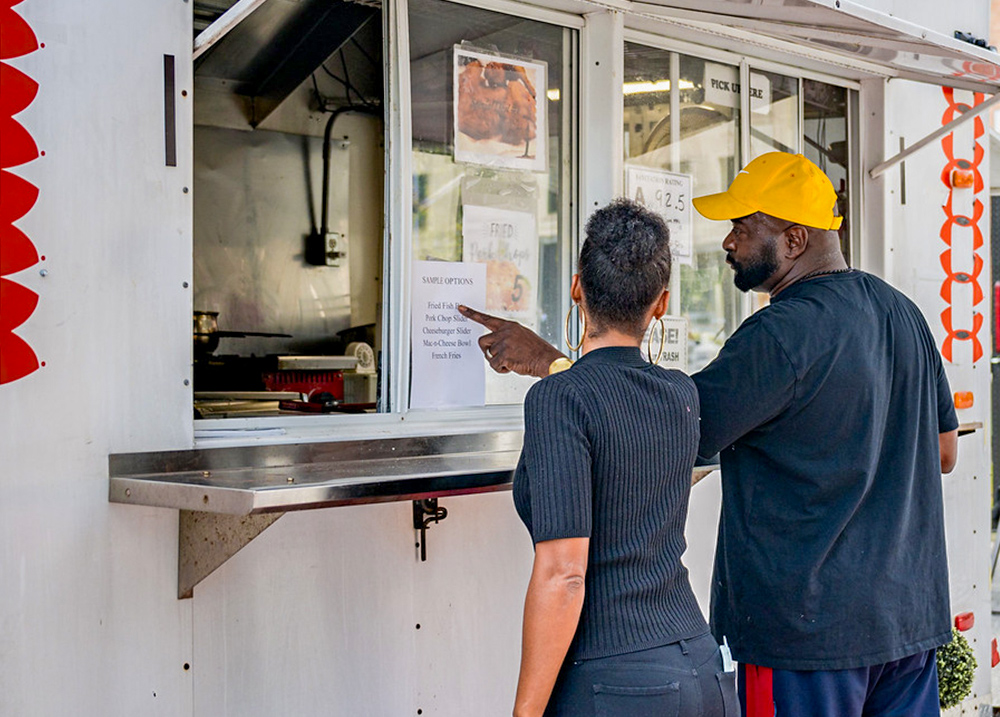

Example: Big Sky Horse and Saddle
Big Sky Horse and Saddle is a small ranch operation that teaches riding lessons. They segment their market by:
- Age group
- Riding styles (e.g., Western, English, and Dressage)
- Experience level
Strategies to market to different customer segments include:
- Children are reached through summer parks and recreation programs and school packets that are sent home to parents.
- Adults are reached through a website and social media, such as Facebook.
- Riding interests and experience are reached through advertising in local newsletters of Western and Dressage riding groups.
Customer Research
Customer research is how you learn about the people who may buy your product or service. It is important to know what your customers want so you can tailor your business and outreach to them.
Customer research can tell you:
- How much your customers are willing to spend, which helps you set prices
- How often customers will buy from you, which helps you know how much to stock and how to plan for busy times of year (e.g., around holidays)
- Customer preferences, which help you know what to offer
- For example, if very few people in your community like green olives on pizza, then maybe you shouldn’t offer green olives as an option. But if many people like green chilis, that could be something unique you could offer that would make you stand out from other pizza restaurants.
There are many ways to do customer research. A lot of information can be found online, but it’s also important to learn about people’s preferences for your product or service. This can be done through interviews or surveys.
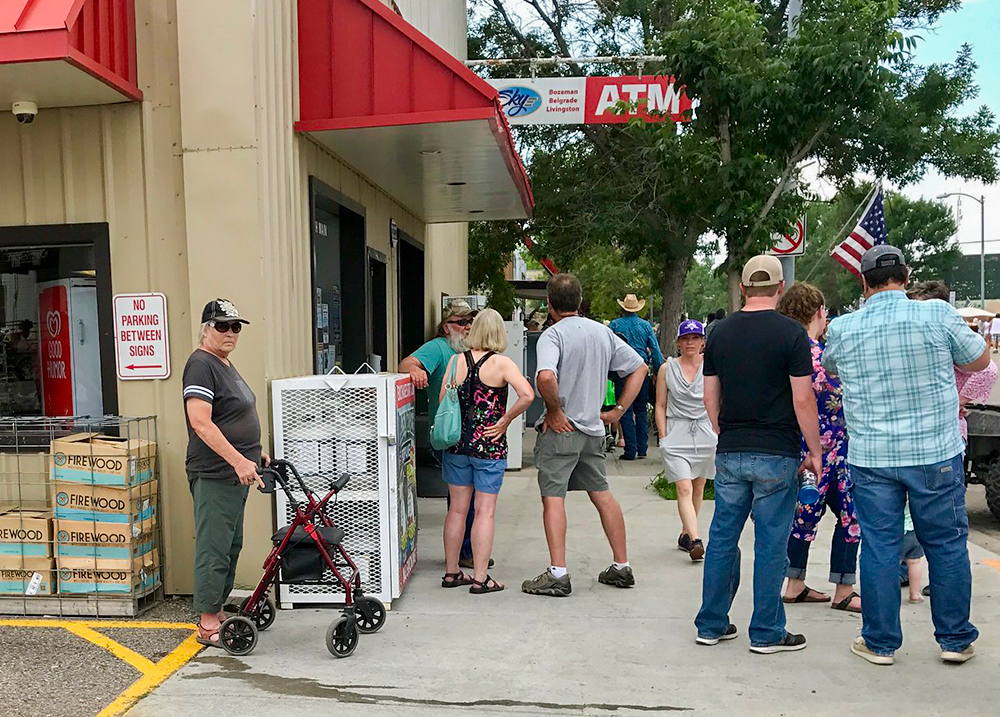

Web Searches
You can use web searches to figure out how many potential customers live in your area and may use your business. To start, Google the name of the town where your business will be located, such as “Polson, Montana, demographics.”
Surveys and Interviews
Surveys and interviews are good ways to find out more about your target customers.
- Surveys can be good for getting brief answers to a series of questions.
- Interviews help you get more in-depth information about customer preferences.
No matter what approach you use, it is important to record the information so you can review it carefully and objectively.


What Do You Want to Know?
First, think about what you want to know. Write down your questions so you can refer back to them.
For a pizza shop, you might ask:
- What are your top 3 favorite pizza toppings?
- How often do you buy pizza?
- Where do you buy pizza in this community?
For a house painter, you might ask:
- When was the last time your home’s interior or exterior was painted?
- Who did the work— did you paint yourself or hire a contractor?
- Why did you make that choice?
- If you got an estimate but didn’t hire a contractor, why not?
- If you are planning a paint job in the future, what will factor into your decision to hire a contractor?
For a bakery, you might ask:
- What types of baked goods do you buy?
- How often do you buy baked goods?
- How much do you typically pay for a pastry? A fresh loaf of bread?
- Is it important to you that there are gluten-free options?
Methods
Once you have questions in mind, think about the best way to get the information. Should you do a short survey with many people? Or should you sit down and have a longer interview with a few people?
Before you start conducting surveys or interviews, use your company description to tell people about your business idea concisely and clearly. Remember, the company description is a 1-3 sentence description that includes your business name, a short description of the products or services your business will provide, and a short description of your target customers.


Surveys
Surveys are useful for reaching a larger number of people. For instance, if you want to start a business that attracts people from your community, you might conduct brief in-person surveys outside the local grocery store where your neighbors shop.
If your target customers are other businesses, telephone surveys might be a good strategy for contacting other businesses that may be interested in buying your product or service.
Online Surveys
Another good place to ask questions is through social media, such as Facebook or Reddit. Some of these platforms have special interest groups that you might be able to join. Depending on your customers, you could ask questions in local community groups or special interest groups related to your business. For example, if you are going to make wire-wrapped jewelry, you could find and join some groups. Then, after you’ve looked at the content the group shares, you could post on the group message board to ask about popular designs.


Survey Strategies
Creating effective survey questions is crucial for collecting accurate and meaningful information. You want to make sure you ask the best questions to inform how you conduct future business. Below are some tips and tricks to make the most out of your surveys:
- Clearly define what you want to learn from the survey. Make sure each question helps you understand what you need for your business.
- Give clear instructions at the beginning of the survey. Tell people what to do and how long it will take.
- Keep it short and simple to get more people to answer.
- Use clear and short words. Don’t use complicated words or questions that might be too hard to understand.
- Ask easy questions first, then ask harder ones later. This way, people aren’t too overwhelmed when they start taking your survey.
- Only ask one question at a time. Each question should focus on a single issue or topic. Combining multiple questions into one can confuse people and give you incorrect data.
- Avoid tricky or leading questions that might influence people to answer in a certain way.
- Use “yes” or “no” questions to make it easier to answer. You can also use rating scales (such as 1 to 5) or multiple-choice questions.
- Ensure rating scales are balanced and offer a neutral midpoint.
- Ensure multiple choice questions allow for an “other” option in case none of the answer choices fit the person’s response.
- Test your survey with a small group of people to see if it makes sense to them and gives you good information before sending it out. Also, make sure your survey works well on phones.
Resources
Once you figure out your survey questions, you can start thinking about how you will share the survey for people to fill it out. There are many different services you can use to create surveys. It is important to explore your options to find the tool that fits your needs.
Here are a few to choose from:
You can also print your survey and pass it out and collect it from people.


Interviews
Interviews can help you find out more in-depth information about your target customers. Interviews can be with individuals or small groups of people, where you collect information that is harder to gather using a survey.
For example, if you are interested in making pottery, you could interview the owners of local gift and art shops that might sell your pottery. You could ask them if they currently have any pottery for sale in their stores, what types of pottery sell the best (e.g., mugs, platters, bowls), how much they sell them for, and if their customers tend to like a certain design or color.
Take notes during or right after interview conversations to keep track of what you learn.
Market Research Example: Pizza Escape
Jade wants to start a pizza pick-up and delivery business called Pizza Escape in Polson, Montana. She plans to offer pizza by the slice and whole pizzas for pick-up or delivery.
Jade thinks her customer groups will be:
- High school students and businesspeople who want a quick slice of pizza for lunch
- Adults of all ages who want pizza delivered to their homes


Online Research: Pizza Escape
To identify potential customers, Jade does a Google search for information about Polson, MT. She clicks on the city-data.com site and learns:
- There are about 5,478 people living in Polson
- There are 2,157 households
- About 44% are married
- The average household size is 2.2 people
- The median age is 40.2 years old
- About 30% of the population is over 60
- About 23% of the population is under age 18
- The median household income is $49,816
- 2% of residents live at or below the poverty level
- About 56% of the adult population is employed
- Polson has mostly white (62.6%) or American Indian (17.7%) residents
- Polson is growing by about 3% per year
Because one of her customer groups is high school students, she also does a Google search on Polson High School.
- She learns that approximately 500 students are attending Polson High School.
Survey Research: Pizza Escape
Jade did surveys with high school students and local businesspeople to learn about their preferences.
First, she went to the high school and handed out brief surveys to about 50 students. She asked the students if they would help her learn about their preferences for Pizza Escape. She used her company description to briefly describe the business: “Pizza Escape will be a pizza pick-up and delivery business for students, businesses, and families in Polson.”
Her survey included the following questions:
- In a typical week, how many days do you eat out for lunch?
- How much do you usually spend?
- If pizza was available by the slice, what types of slices would you prefer?
- Cheese
- Pepperoni
- Veggie
- Specialty
- How much time do you have over lunch to grab food off campus?
She did a similar survey of local businesspeople.


Survey Findings: Pizza Escape
From her brief surveys, Jade learned that high school students eat “fast food” for lunch about 2 days per week and generally spend about $5. Local businesspeople eat out more often (about 3 days per week) and spend closer to $10 for each meal. Almost all the high school students preferred pepperoni, while the local businesspeople were more interested in specialty pizzas.
Interviews: Pizza Escape
Next, Jade interviewed several families when they were coming out of a local grocery store. She asked them the following questions:
- Can you describe the best slice of pizza you have ever had?
- What kind of crust did it have? What type of sauce? What toppings?
- How many times per month do you think you would order pizza for delivery if this option were available to you?
- How many pizzas would you order at a time, and what types of pizza?
- I am thinking about making a couple of different types of specialty pizzas. Which of these options do you find the most and least appealing? Why?

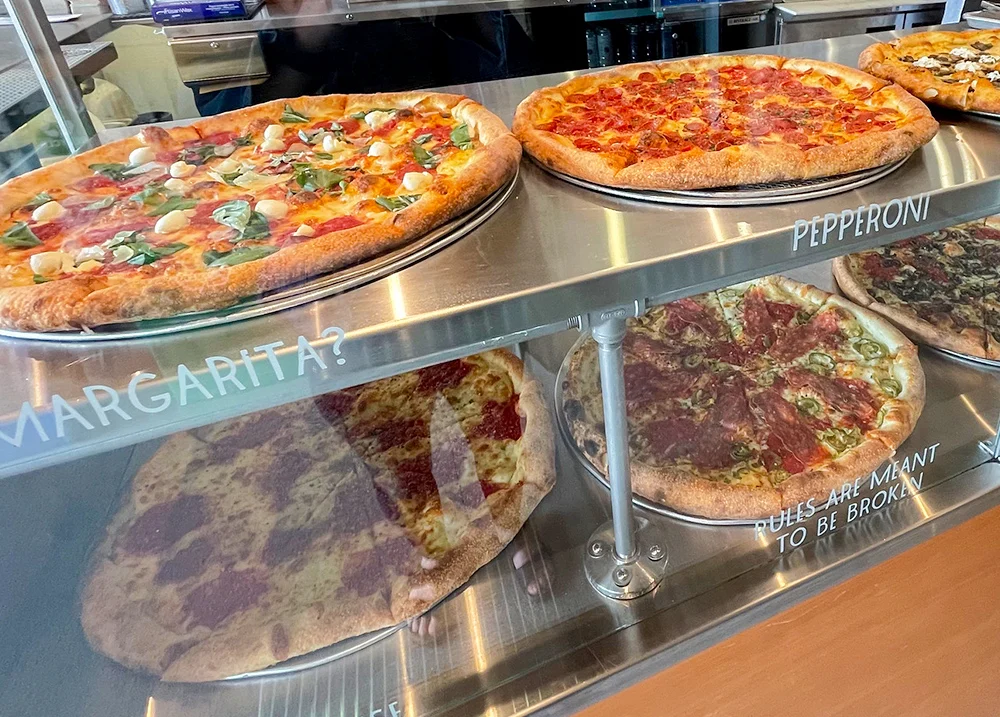
Interview Findings: Pizza Escape
From her interviews, Jade learned that families were excited about the option to order pizza. On average, families told her they would order pizza about two times per month. People with kids usually said they would order simpler pizza combinations, such as pepperoni, because they would be trying to please the whole family. The “best slice” descriptions had some common features, like a lot of cheese, medium crust, and red sauce.
Use the “Return to tabs” button below to jump to the tab navigation bar.
Then continue by selecting the next tab in the list.
Similar Businesses
To create a good marketing plan, it is important to know about businesses that are like your business. You should know about:
- The qualities of similar businesses’ products or services
- What similar businesses charge for their products or services
- How your business’s features and benefits are different from other similar businesses

Market Research
Market research is how you learn about similar businesses that you will compete with. Like customer research, it is valuable to use many sources of information.
Business Web Searches
Use the Internet to search for similar businesses in your area. You can also search city or town websites for business directories. For example, you could search “Car mechanic in Warrens, Wisconsin.”
Look at the websites of similar businesses to learn about their products, services, and pricing. If there are no similar businesses in your area, look at websites of similar businesses in other communities that are about the same size as yours, or in nearby communities.
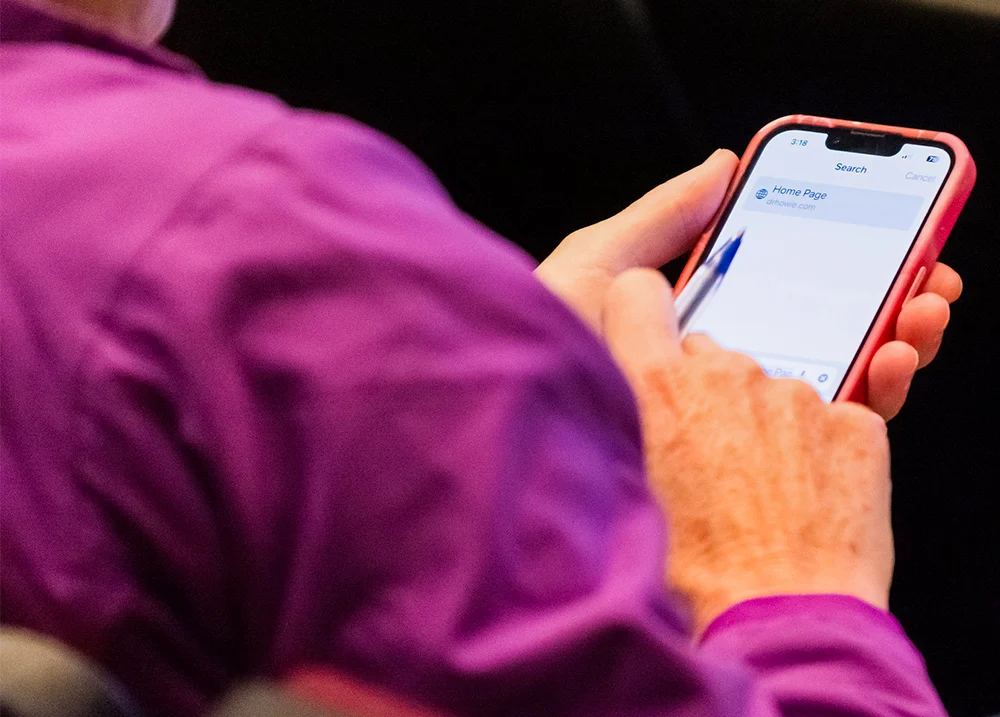

Business Interviews
To find out more in-depth information about similar businesses, an interview is a good strategy. Ask the owner or an employee of the business questions about their business and how they operate day to day. The owner of a similar business might also become a future mentor who could help you learn how to run your new business.
Example: Market Research for Pizza Escape
To learn about similar pizza businesses, Jade did a Google search for local pizza restaurants in her community. She found two businesses that offer pizza, including Little Caesar’s and Danny’s Grub Hub. She gathered some information from their business websites and then visited each restaurant to observe customers, look at the menu, and talk to the owners. For each, she described their business, customers, strengths, and how her business will be different.
She put together descriptions of each business for her market research:
Little Caesar’s
- Description: Little Caesar’s offers inexpensive pizzas and chicken wings for pick-up.
- Customers: Little Caesar’s appeals to teenagers, young adults, and low to middle-income families who take advantage of the prices, deals, and quantity.
- Strengths: Little Caesar’s is part of a national franchise. Because of this, they benefit from television advertising and strong brand recognition. The local Little Caesar’s is well-established and located at a convenient location on the edge of town.
- Difference: Little Caesar’s does not deliver pizza and does not offer unique pizza options, such as pizzas with white sauce or pizzas with locally grown ingredients. They also do not offer pizza by the slice.
Danny’s Grub Hub
- Description: Danny’s Grub Hub offers pizza, along with other choices, such as wings, hamburgers, salads, and sandwiches. Danny’s pizza is served in-house.
- Customers: Danny’s Grub Hub attracts young and middle-aged adults with middle incomes. The restaurant also attracts tourists who pass through town. The restaurant has a loud and crowded environment, which is less suited to families with small children or senior citizens.
- Strengths: Danny’s offers unique pizza selections, such as an assorted mushroom pizza on white sauce and house-made sausage pizza with caramelized onion and goat cheese on red sauce. They also offer seasonal pizzas, such as the Farmer’s Market Veggie, made with all local ingredients.
- Differences: Danny’s pizza menu is a bit unusual for many local customers, and the business does not offer pizza delivery or pizza by the slice.
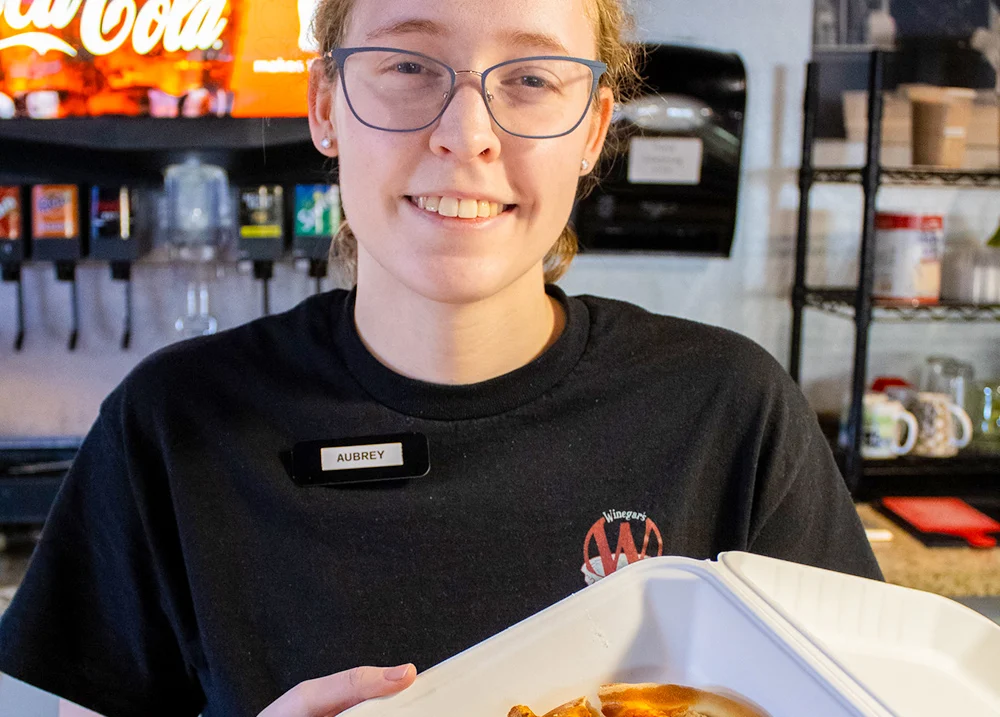

Business Niche
Once Jade completed some market research, she described how her business would be different from her competition:
“My business will fill a gap by offering quality pizza for delivery. Although my pizzas will cost more than Little Caesar’s, they will taste better and attract customers who want a better product. I hope to target middle-aged and older people who may not have the time or desire to come downtown to pick up their pizza or go to sit-down dining. I will also offer pizza by the slice over lunch for locals and high school students wanting a quick meal.”
Use the “Return to tabs” button below to jump to the tab navigation bar.
Then continue by selecting the next tab in the list.
Marketing
There are many ways to advertise and promote your business to customers. In general, marketing methods include advertising, promotions, and public relations. These are the building blocks for your marketing strategy.

Marketing Methods
Advertising
Advertising tells people about your business and convinces them they should use your business. Low-cost advertising methods include:
- Personal contacts or conversations with customers
- Word-of-mouth referrals
- Business cards and brochures
- Posters and flyers
- Websites
- Social media posts
- Email newsletters
- Text messages
Higher-cost advertising methods include:
- Mass mailings
- Print advertisements, such as ads in magazines or newspapers
- Radio and television ads
Some of the best (and free!) types of advertising are word-of-mouth referrals from customers and customer reviews on social media.
To learn more about how to set up a website and social media accounts for your business, see the “Website and Social Media” section in this chapter.
Promotion
Promotions are things you do to encourage people to buy your product or service. Promotional strategies include:
- Coupons
- Incentives (like buy-one-get-one-free)
- Discounted prices (having a sale around a holiday or special event)
- Free samples


Public Relations (How to get the word out!)
Public relations are methods for telling people about your business. These are good for building awareness of your business. Public relations activities include things like:
- Attending or giving workshops or talks
- Sponsoring community activities
- Donating services or goods to community organizations as raffle prizes
- Blogging or providing useful information about a specialized topic on social media
Reaching Customers
When you develop your marketing strategy, it’s important to think about who you are trying to reach and how to best do it. Don’t spend time and money advertising in places where your target customers won’t see your ads.
For example, if you want to reach teenagers and young adults, advertising on a social media platform like Instagram might be best. If you are trying to reach older adults, Facebook, an ad in the local newspaper, or flyers delivered door-to-door might be better choices.

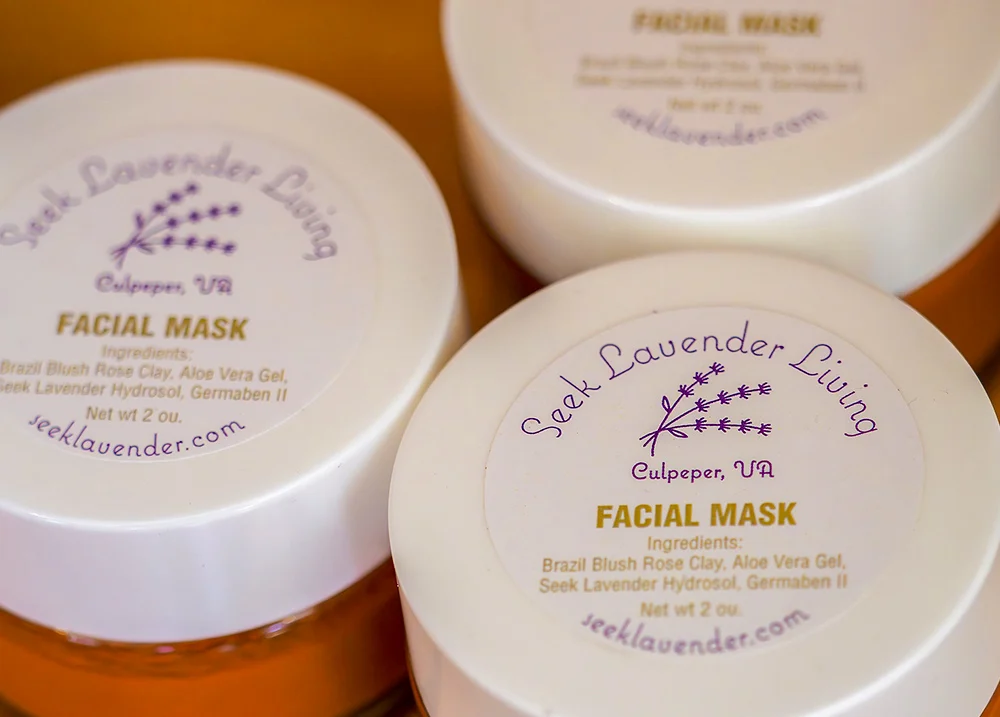
Reputation
No matter what marketing methods you use, you need to decide what you want to emphasize about your business. What do you want people to think about when they hear your business name or see your logo? Will it be high-quality, helpful, reliable, creative, traditional, delicious, or something else?
Every business has a unique image. For example, if you have a cleaning business, you might want customers to think of your business as reliable and thorough. Or, if you are starting a jewelry business, you might want them to think about your products as unique or well-made.
Key Messages
Think back to the last time you bought something.
- What did you think about the price?
- What did you think about the quality of the product or service?
- How were you treated as a customer?
- How would you describe that business?
- What kind of reputation does it have?
Now, think about your own business. To help you think about things to highlight in your marketing efforts, answer the following questions:
- What do you want people to think and share about your business?
- How will you deliver good customer service?
- How does your business location influence your product or service?
- How will things like packaging, brochures, business cards, and displays highlight your business’s qualities?


Example: Key Messages for Pizza Escape
Here are Jade’s answers to these questions.
- Whether it is pizza by the slice or pizza delivery, I want people to think about quality and convenience when they think about Pizza Escape.
- I want customers to feel like I value their time. I will have hot pizza by the slice ready over the high school lunch hour. I will track how much time it takes to make and deliver pizzas based on orders and will let people know how long to expect to wait for their delivery.
- My business location is within walking distance of our business district and about 1 mile from the high school. There is a lot of parking for quick pick-up.
- In addition to my business name “Pizza Escape,” I will develop some tag lines for my primary customer groups, such as:
- A delicious and convenient way to feed the family
- Sliced and ready for quick pick-up
Developing Your Marketing Materials
With key messages in mind, you can start developing your marketing materials. Depending on your business and your marketing strategies, you might:
- Design a logo
- Create print materials, like business cards and brochures
- Collect customer contact information
- Develop a website
- Launch social media accounts
- Set up an online ordering and payment system


Reach and Frequency
Next, you need to consider the reach and frequency of your advertising.
Reach is the total number of people who receive an advertisement or promotion. If you want to increase reach, advertise in different places and to different types of customers.
Frequency is the number of times a person sees or hears an advertisement over a period of time. When you increase the frequency of your advertising, you increase the chances that people will remember the business.
Example: Pizza Escape Reach and Frequency
Jade plans to make flyers to advertise her pizza business. She will place her flyers in places that reach different customer groups (reach). She will put flyers on cars at the grocery store and along neighborhood streets to reach families and households. She will put flyers on cars at the high school parking lot and at football games to reach students. She will also pass out flyers to local businesses to attract business owners.
She decided she would distribute flyers once per month (frequency) to remind people about her business, especially as she is getting started.


Developing Your Strategy
Finally, you put all this information together to decide what you will do to reach your customer groups. Think about the following questions to get started:
- What marketing methods will you use?
- How often will you use each method?
- Will you offer giveaways, discounts, coupons, and promotional sales?
- Will you take part in any public relations activities, such as donating items to a charity event or handing out samples outside the local grocery store?
- Will you collect email or telephone contact information for informational newsletters or text messages?
- Will you collect customer satisfaction information that can be used to promote your business (or to improve your product or service)?
Example: Pizza Escape Strategy
Jade answered these types of questions for Pizza Escape.
The primary marketing methods and strategies I will use for my business include:
- A website that includes a menu with pick-up and delivery options, and an online ordering option.
- A customer feedback form on the website.
- Flyers with coupons will be distributed once a month as the business is getting started and then every other month after that.
- Text messages will be sent to customers who sign up once a week with “slice of the day” deals.
- Buy-one-get-one-free coupons for pepperoni pizza by the slice for high school students or frequent-buyer punch cards (e.g., buy 10 slices, get the next 2 slices free).
- Refrigerator magnets that have pizza delivery menu options and Pizza Escape contact information will be included with the first order we receive at each delivery location.
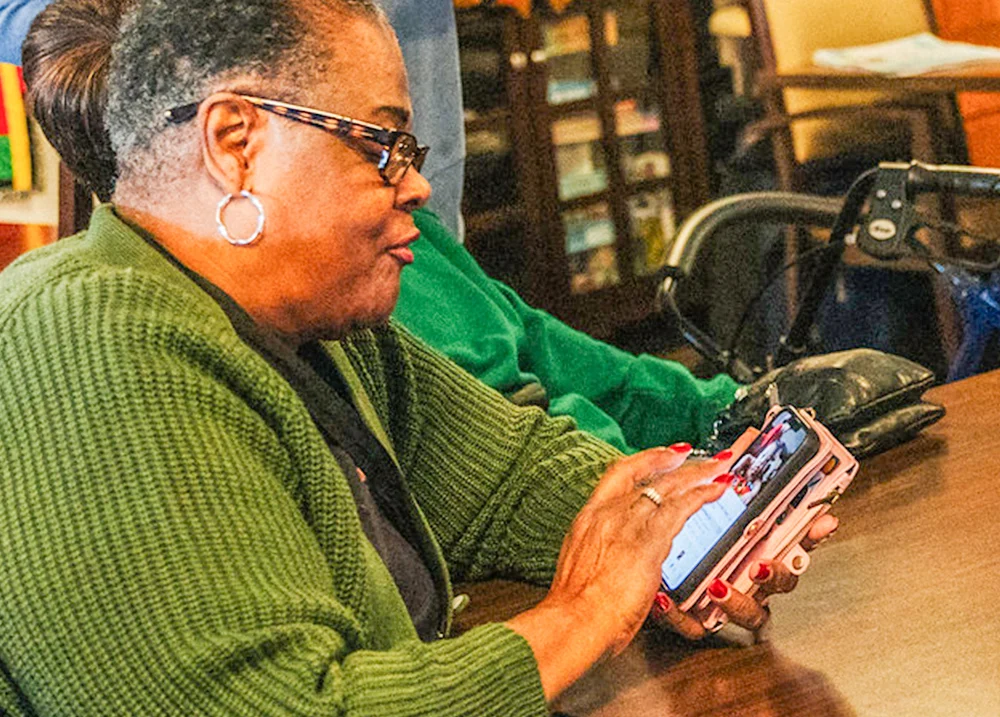
Section Review
Write down answers to the following questions, then open the “Review Your Answers” accordion to compare.
Business Advertising Question
What are some ways to advertise your business?
Customer Groups Question
Why do you need to think about your different customer groups as you put together an advertising strategy?
Customer Knowledge Question
What would you like your customers to know about your business?
Review Your Answers

Business Advertising Answer
Question: What are some ways to advertise your business?
Answer: Ways to advertise a business include:
- Create a website
- Have a social media presence
- Make personal contacts
- Place marketing materials, such as business cards and brochures in strategic locations
- Send out a mass mailing
- Place ads in newsletters, newspapers, or magazines
- Distribute flyers
Customer Groups Answer
Question: Why do you need to think about your different customer groups as you put together an advertising strategy?
Answer: Customer groups are groups of people who share similar characteristics and use a business for similar reasons. You might use different advertising strategies to reach different customer groups
For example, if you want to reach young adults, you might want to post on social media. If you want to reach senior citizens and families in your community, you might want to put up signs at the community center or have ads on the radio.


Customer Knowledge Answer
Question: What would you like your customers to know about your business?
Answer: Thinking about what your future customers might want to know about your business helps shape your marketing. You might consider “putting yourself in their shoes” to help you come up with ideas.
To help you get started, think about the businesses that you visit, maybe your favorite restaurant and store. Why do you go to those businesses? How did you learn about them?
Use the “Return to tabs” button below to jump to the tab navigation bar.
Then continue by selecting the next tab in the list.
Websites and Social Media
This section includes how-to information to help you get your business set up online. Because technology changes constantly, however, this information may become outdated.
In this section, we cover:
- Websites: Why you should probably have one, what to put on one, and how to make one.
- Online market platforms: If you’re selling a product, you might want to have a page/profile on an online market platform (e.g., Etsy or eBay).
- Online and mobile payment systems: Learn about different ways to accept credit card payments, both on a website and with a mobile setup (like with your smartphone at an art fair or community event).
- Social media: Why it’s a good idea for businesses and how to get started.
This information provides a starting place. You will need to do more online research or talk to a business mentor and your VR counselor to see what might work best for you.
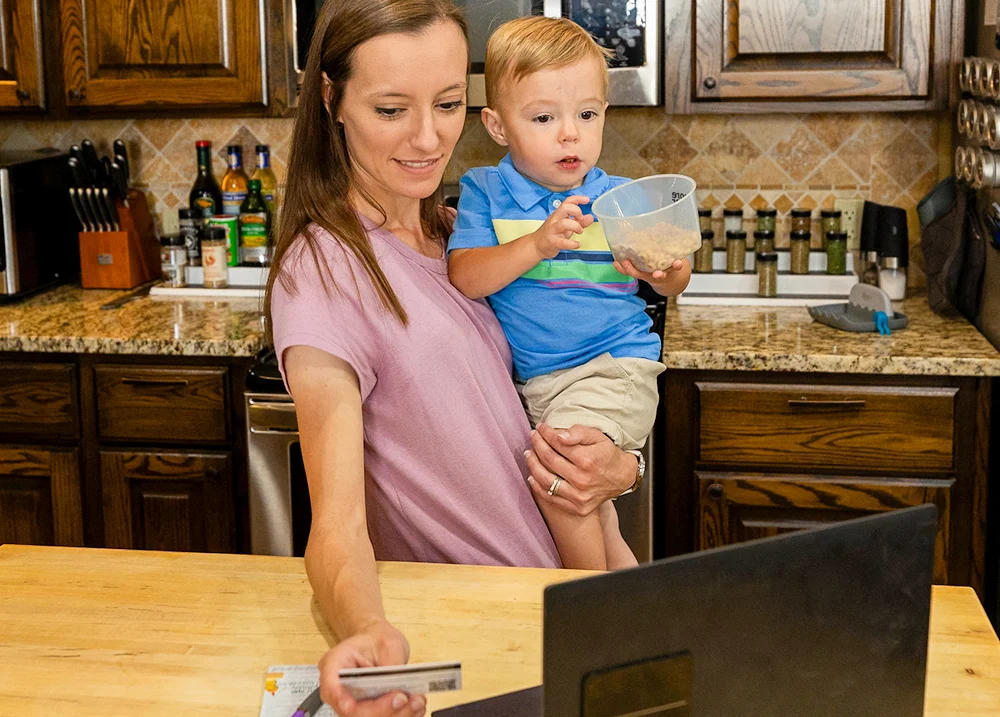
Websites
It’s a good idea for every business, even small ones, to have a website. For many people, the internet is the first place they look for information about a business. Before you begin, it’s a good idea to have a basic outline of what you need to get your website started.
- Gather basic information:
- Put together details about how you’d like your website to look and function.
- Determine your target audience and what you want them to know and do when they visit your site.
- Choose a platform:
- Research and select a website platform that suits your needs and skill level. Consider ease of use, customization options, and price.
- Start with the basics and expand over time:
- Once you have a website platform selected, focus on getting basic information online, such as hours, location, and products. Make sure the information is clear, concise, and engaging.
- As you become more comfortable with the platform and learn new skills, you can expand your website by adding more features and content.
- It can be helpful to draw or write out your ideas first. This way, you have an idea of how you want things to look once you start putting your website together.
Website Information
All business websites should include some basic information.
- Describe your product or service.
- Provide contact information.
- Provide hours and location (if appropriate).
- Tell about yourself as the owner.
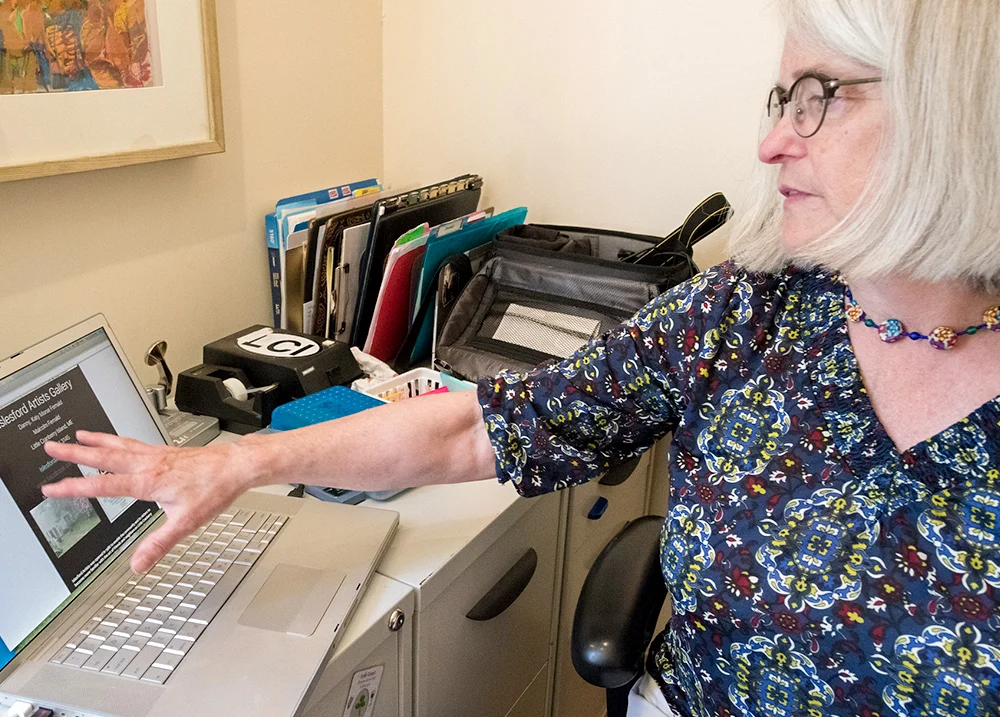

Optional Website Information
Additional website information and options will depend on your business and how you intend to interact with customers, such as:
- A way for customers to order and buy your product or service
- Find more information about online and mobile payment options below.
- A calendar of events
- Testimonials or reviews
Additional Website Considerations
- Ease of use:
- When you are picking a website builder platform, pick one that is easy for you to use and edit.
- Make sure to keep your business website updated.
- If you plan to have someone help you set up your website, will that person be available in the future to help you make changes? If you won’t be making changes yourself, make sure someone can help you. If your hours or location change, your customers will need to know!
- Coordination across marketing methods:
- When making other marketing materials like business cards and print ads, make sure to put your web address on them.
- Link to your social media accounts from your website. That way, if people are interested in getting updates, they can easily find and follow your business’s social media accounts.
- Most website builders will have a simple way to add links to your business’s social media accounts.
- Mobile-friendly:
- A lot of people have smartphones and get on the internet that way. Make it easy for your customers to look up your website and information on their phones.
- When you pick a website builder, make sure it has mobile-friendly features.
- Accessible:
- If a website is not built in an accessible way, people with disabilities may not be able to interact with your content or purchase your products.
- Specific website accessibility guidelines can be found online by searching for “WCAG accessibility standards.”
- Website accessibility can be complicated. To ensure a fully accessible website, you may want to hire a website accessibility professional from freelance websites, such as Upwork or Fiverr.
- At the very least, make sure your customers can easily find your phone number and email address. If they are unable to use your website, this provides an alternative way for them to contact you for more information or to make a purchase.
Note: If you are selling products, you may want to start with a profile (or “store”) on an online market platform like Etsy or eBay. You can always start there and create a website after your business is up and running. See Online Market Platforms below for more information.


Website Builder Platforms
There are many different website builder platforms that you can utilize. Here are a few:
- WordPress.com: Offers a flexible platform with customizable themes and plugins.
- Shopify: Ideal for e-commerce websites, with built-in tools for selling products online.
- Wix: Known for its drag-and-drop editor and extensive template library.
- Weebly: Provides an intuitive interface and responsive design options.
- Squarespace: Offers sleek templates and integrated e-commerce functionality.
- Google Business Profile (GBP): Provides a free tool for promoting businesses on Google Search and Maps, including the option to create a basic website.
These platforms serve different needs and preferences, so you will want to do extra research on each one to decide the one that best suits your business needs.
If you live near a community college or university, there might be a class or student who could help you get a website up and running. Ask your VR counselor to help you look into this (or if there are other resources to help you set it up).
Google Business Profile Resources
Having a strong online presence can be an important part of a successful business. Google Business Profile (GBP) is a tool that allows you to manage how your business appears on Google Search and Maps. Below is a short overview of how to get started on Google Business Profile.
Google Business Profile Starter Guide:
- Sign up: Go to the Google Business Profile website and sign up for an account.
- Claim your business: Find and claim your business on Google Business Profile to gain control over your business listing.
- Complete your profile: Fill out all the required information about your business, including name, address, phone number, and website.
- Verify your business: Verify your business ownership to ensure the accuracy of your business information.
- Add photos: Upload high-quality photos of your business, products, and services to make your listing more appealing to customers.
- Manage reviews: Monitor and respond to customer reviews to build trust with potential customers.
- Update information: Keep your business information up to date, including operating hours, special hours for holidays, and any changes in location or contact details.
- Create posts: Share updates, promotions, events, and other information directly on your Google Business Profile listing to engage with customers.
- Monitor insights: Track how customers are interacting with your business listing through Insights to understand your audience better.
- Drive engagement: Engage with potential customers directly on Google Search and Maps, making it easier for them to find and connect with your business.
By following these steps, you can establish a strong online presence for your business, attract new customers, and grow your business. Remember to explore additional resources and do your own research to best understand how Google Business Profile can help you.
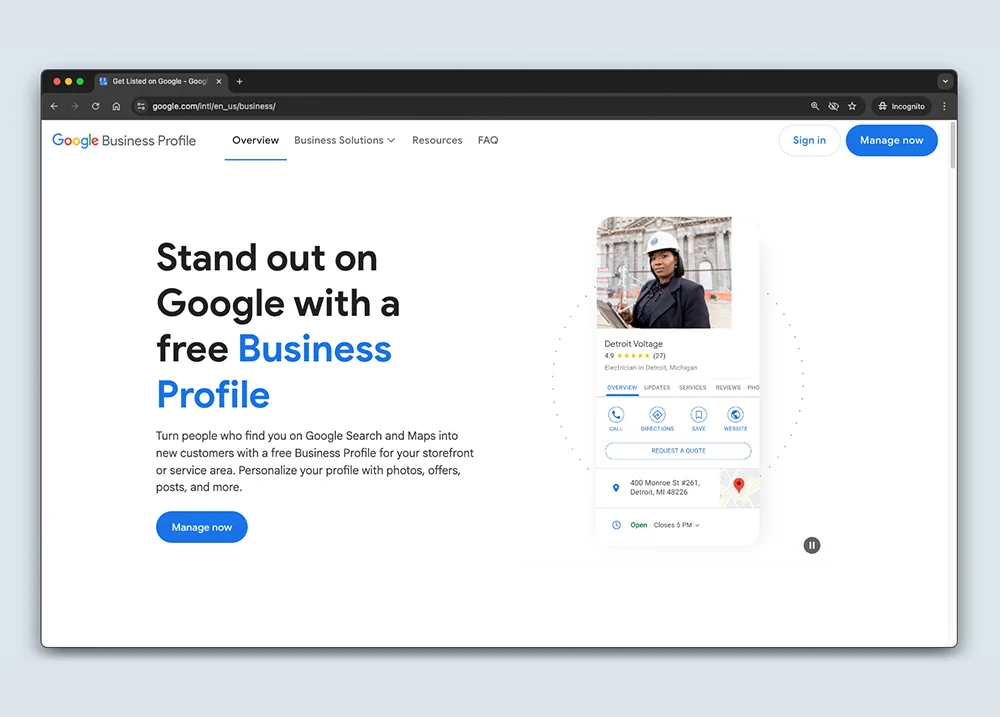

Website Examples
- Pale Horse Coffee: Founded by retired U.S. Air Force member Gary Livingston, Pale Horse Coffee offers a range of coffee blends, pods, and merchandise, supporting service-disabled veteran entrepreneurship with every purchase.
- Two Blind Brothers: Created by siblings Bradford and Bryan Manning, both living with Stargardt’s disease, Two Blind Brothers lets customers take the Shop Blind Challenge or explore their online catalog, featuring comfy clothing and accessories. All profits aid the Foundation Fighting Blindness.
- Cup of Té: A leading online shop specializing in premium loose-leaf organic teas and teaware, Cup of Té was launched by Taylor Lindsay-Noel in 2018. Lindsay-Noel’s journey, spurred by a life-altering accident in 2008 during her Olympic gymnastics training, inspires the brand’s dedication to resilience and quality.
- Earth Within Flowers: Owned by Melissa Emily, Earth Within Flowers fuses botanical artistry with environmental stewardship, crafting seasonal, poetic arrangements sourced from local farmers and natural areas, embodying a commitment to sustainability and the beauty of Montana’s landscape (Melissa is one of our Featured Business Owners).
- Not Your Grandma’s: Founded by Hannah Hoskins, Not Your Grandma’s champions the disabled community by offering disability-related resources, including a podcast, handbook, and shop.
Online Market Platforms
If you are selling a product, you could create a profile on an online market platform. This means you won’t have to create your own website, but it also means you may have to pay either a monthly fee or a commission fee, depending on the platform.
There are many different online market platforms. Some of the possible options are covered in the following sections.
Etsy
Etsy is a leading platform for creative entrepreneurs. They take multiple payment options, including credit cards and PayPal. They have wholesale selling options available as well.
Get started selling on Etsy:
- Visit the Etsy website and sign up for an account if you don’t have one already.
- Resources to sell on Etsy are included in the footer of the website.
- Follow the prompts to set up your Etsy shop, including choosing a shop name, adding listings, setting payment methods, and configuring shipping options.
- Explore the “Help Center” for detailed guides on various aspects of selling on Etsy, such as opening a shop, managing orders, and optimizing listings.
- Consider watching tutorial videos on YouTube or other platforms for visual guidance and tips from experienced Etsy sellers.
eBay
eBay is a well-known marketplace with millions of users. It allows for both auction-style and fixed-price listings. It also offers seller protection and dispute resolution services.
Get started selling on eBay:
- Visit the eBay website and sign up for an account if you don’t have one already.
- Resources to sell on eBay are included in the footer of the website.
- Follow the steps to create your listing, including selecting the appropriate category, writing a description, setting a price, and uploading photos.
- Explore the eBay Seller Center for comprehensive guides on selling, including policies, fees, and best practices.
- Consider watching step-by-step tutorial videos on eBay’s official YouTube channel or other educational resources for selling on eBay.
Shopify
Shopify is a platform for creating customizable virtual storefront websites. They offer a wide range of templates and design options. You can integrate payment processing and shipping options directly into your store.
Get started selling with Shopify:
- Visit the Shopify website and begin with the free trial.
- Follow the setup process to customize your online store, including choosing a theme, adding products, and configuring payment and shipping options.
- Explore Shopify’s Help Center for detailed guides and tutorials on all aspects of running your online store, from managing orders to marketing strategies.
- Consider joining Shopify’s community forums or attending webinars for additional support from experienced Shopify merchants.
Amazon Handmade
Amazon has a massive marketplace with high name recognition. Makers can sell their handcrafted products to millions of Amazon customers around the world. Amazon has an application process and requires approval to sell handmade items.
Get started selling on Amazon Handmade:
- Visit the Amazon Handmade website.
- A link to sell on Handmade is included on the homepage.
- Create a Seller Central account if you don’t already have one.
- Complete the application process by providing information about your products, production methods, and business details.
- Wait for Amazon to review your application, which may take several days to weeks.
- Once approved, log in to your Amazon seller account and start creating your Handmade listings by adding product details, pricing, and photos.
- Explore the Handmade Seller Guide and FAQ section on the Amazon Handmade website for guidance on setting up your shop, managing orders, and understanding fees.
- Consider watching videos from other Handmade sellers sharing their experiences and tips on YouTube or similar platforms.
Depop
Depop is a platform for selling vintage and handmade clothing, jewelry, and accessories. Depop does not require approval to sign up. Sellers can easily personalize their profiles and list almost any item. Each listed item is given its dedicated product page, allowing sellers to provide descriptions and engage with customers more effectively.
Get started selling on Depop:
- Sign up for an account on the Depop website or mobile app.
- List your clothing items for sale with clear photos and descriptions.
- Set prices and shipping costs for your listings.
- Promote your listings using Depop’s social features and engagement tools.
- Communicate with potential buyers and finalize sales through Depop’s messaging system.
- Keep track of your sales, inventory, and customer interactions using Depop’s seller tools.
- Regularly update your listings, add new items, and monitor trends to optimize your shop’s performance.
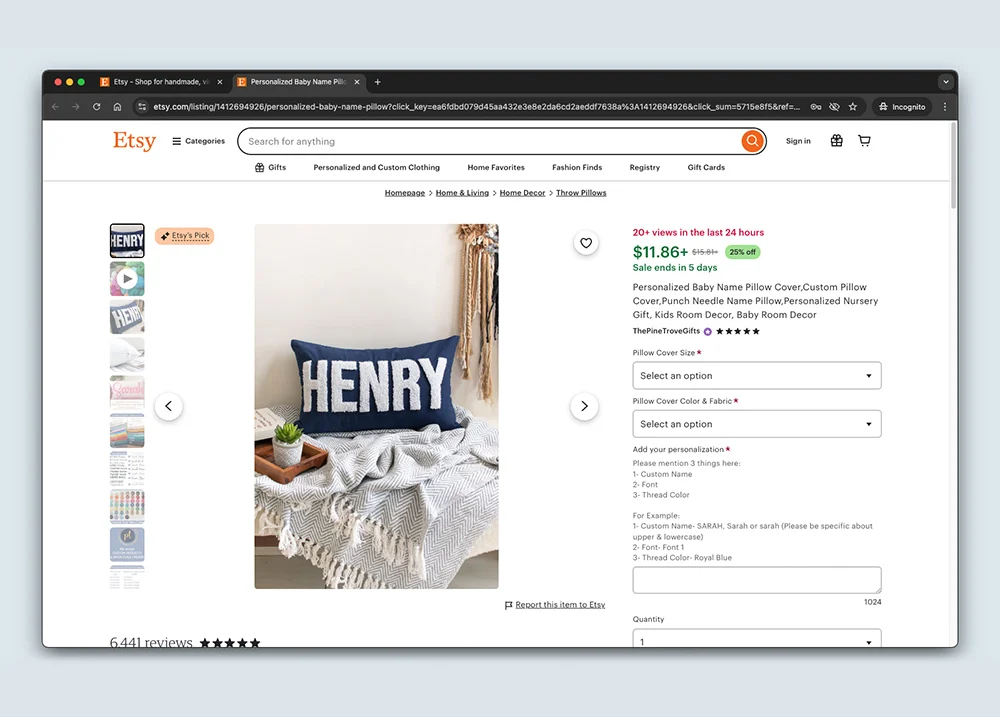

Choosing a Market Platform
Each platform has advantages and disadvantages, so one site may be more suitable for different types of sellers than another. It’s important to consider your specific needs and preferences when choosing where to sell your products.
To find other online market platforms, use search terms like “places to sell handmade items online,” “websites to sell crafts,” or something similar. There are many different options that may cater to your specific needs. Be sure to research the online marketplaces that will fit your business needs the best.
Online Market Platform Examples
Etsy:
- Poppin Joe’s Kettle Corn: A shop specializing in gourmet kettle corn, proudly crafted by Joe Steffy, an entrepreneur with Down syndrome and autism spectrum disorder.
- Jack and Bec’s: A vibrant art print shop that features inclusive collections. Their work is inspired by the colorful spirit of 1960s and 1970s fashion, and they showcase people of all shapes and sizes. They proudly support Deaf awareness from their base in San Antonio, Texas.
Amazon Book Publishing:
- Laughing at My Nightmare: Shane Burcaw navigates life with spinal muscular atrophy with humor and candor, sharing relatable challenges and offering an insightful glimpse into living with a life-threatening condition.
Shopify:
- Girls Chronically Rock: Keisha Greaves, diagnosed with limb-girdle muscular dystrophy at 24, and unsure of what her future would hold, decided to pursue her passion for fashion through her t-shirt business, Girls Chronically Rock.
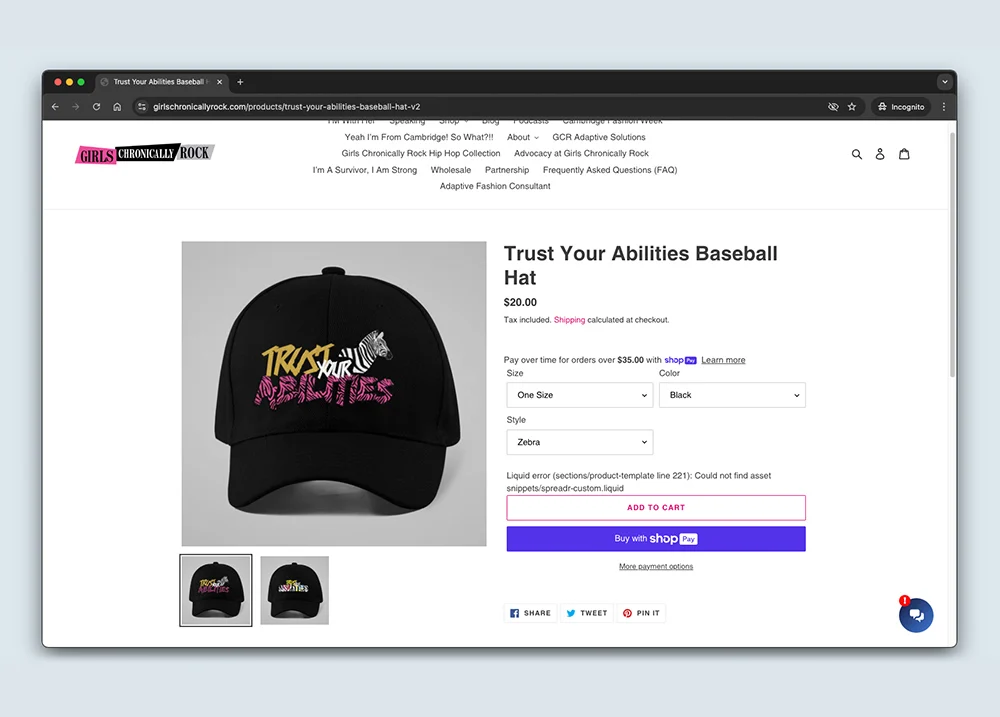
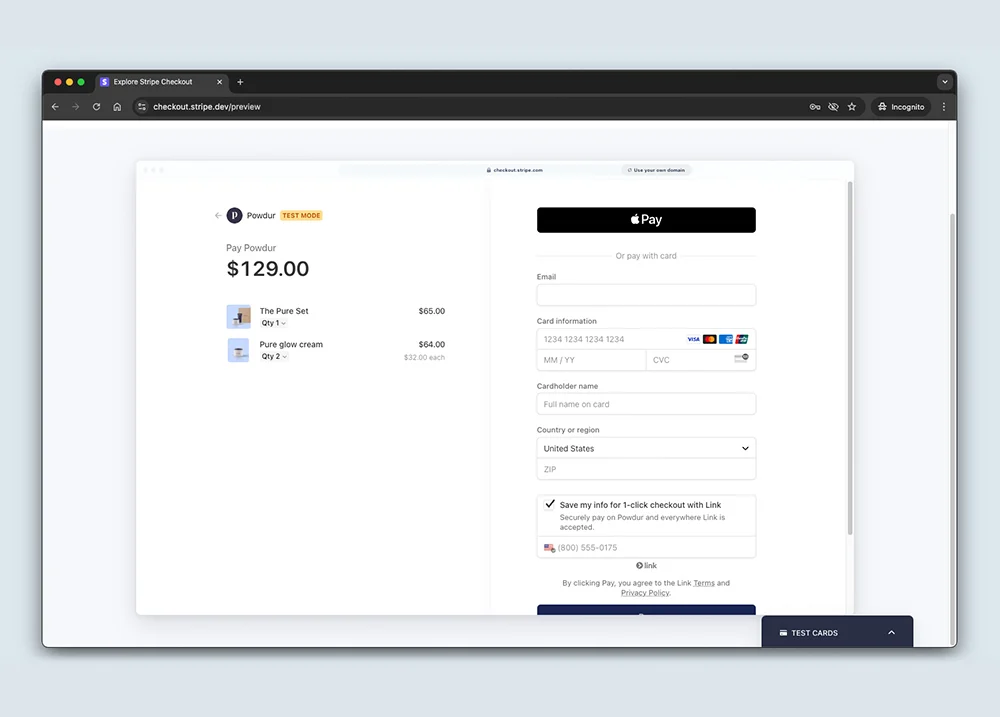
Point of Sales Options
There are many different online point of sales options to choose from. Below, you will find four popular platforms to compare:
PayPal
- PayPal is a widely recognized and trusted payment processing platform.
- It offers easy setup and integration with websites.
- PayPal allows customers to pay using various methods, including credit cards and PayPal balance.
- PayPal provides buyer and seller protection policies.
- PayPal charges transaction fees based on sales volume and currency conversion.
Stripe
- Stripe offers flexible customization options for payment processing.
- It supports various payment methods, including credit cards, digital wallets, and ACH transfers.
- It offers advanced features like subscription billing and customizable checkout forms.
- Stripe charges transaction fees based on sales volume and currency conversion.
Square
- Square provides an intuitive and user-friendly point-of-sale system suitable for small businesses.
- It offers hardware solutions like card readers and terminals for in-person transactions.
- Square allows for easy integration with e-commerce platforms for online sales.
- It offers features like inventory management, invoicing, and analytics.
- Square charges transaction fees based on sales volume and card-present vs. card-not-present transactions.
Merchant Account
- A traditional merchant account requires a formal application and approval process through a bank.
- They offer lower transaction fees compared to PayPal and Stripe for high-volume businesses.
- Accounts have direct access to funds without third-party involvement.
- Accounts require integration with a payment service for online transactions.
- May have additional fees for services like chargeback protection.
Choosing a Point of Sales Options
When choosing between PayPal, Stripe, Square, or a traditional merchant account, consider factors like transaction fees, ease of use, customer support, and your specific business needs. Each option has advantages and limitations, so research and compare them carefully before deciding what is best for you.
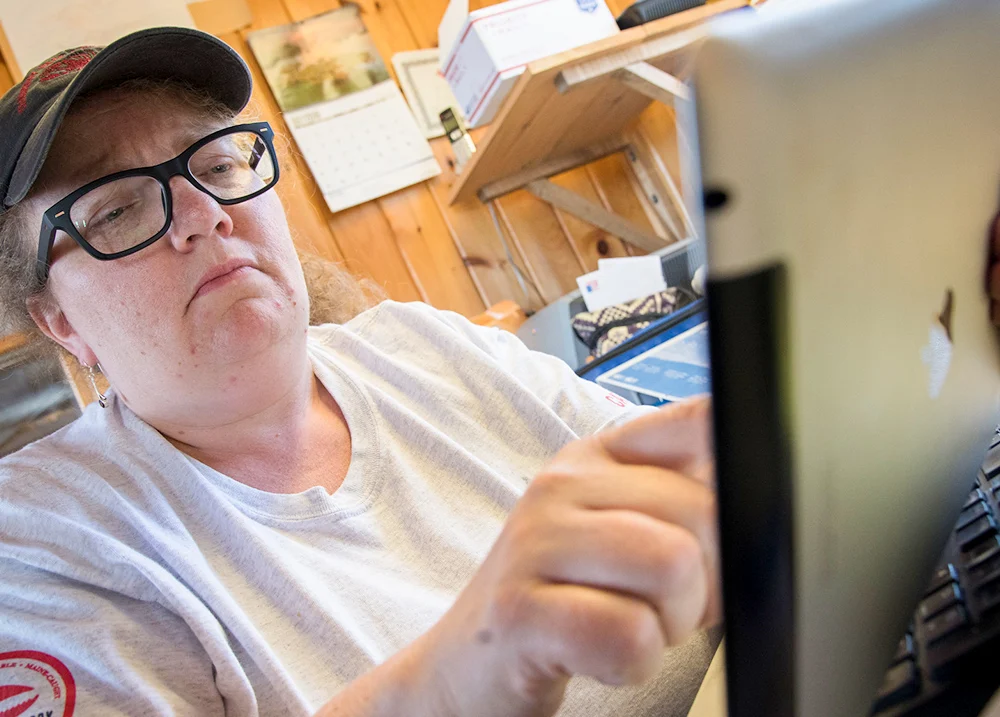

Social Media
Social media can help you interact with customers and point them to your business website. When customers share your posts through their personal networks, the total number of people who see your posts and learn about your business goes up.
There are many different social media platforms out there, and deciding which one to use can feel overwhelming. Remember, social media is a tool, one of many that you can use for your business. Which social media site you use depends on who you are trying to reach. Don’t spend time creating a social media account on every site if your customers only use one or two of them. Part of your market research needs to include which social media platforms your target customers use.
Choosing the Right Platforms
Consider platforms like:
- Facebook: With its extensive user base and diverse demographics, it can offer a broad reach and targeted advertising options.
- Instagram: This is ideal for businesses that rely heavily on imagery, especially those in fashion, food, or lifestyle niches. It’s highly visual and popular among younger generations.
- Pinterest: Pinterest is perfect for specializing in DIY, fashion, home decor, and food-related businesses. It’s also a great resource for brainstorming creative ways to advertise your product.
- YouTube: YouTube is great for sharing video content, tutorials, product demos, and behind-the-scenes glimpses of your business.
- TikTok: Rising in popularity, especially among younger generations, TikTok offers opportunities for creative and engaging content. Gaining enough followers can allow users to generate income and promote their products in the TikTok shop.

Social Media is Free Advertising!
It’s free to sign up and create social media accounts for your business. The only cost is your time and energy in setting up the accounts and posting on them. Keep this in mind as you set up accounts. Don’t let social media intimidate or overwhelm you. We recommend setting aside a set amount of time for social media each week and sticking to that.
There are tools and programs you can use to organize and schedule social media posts. You can also schedule posts directly on Facebook.
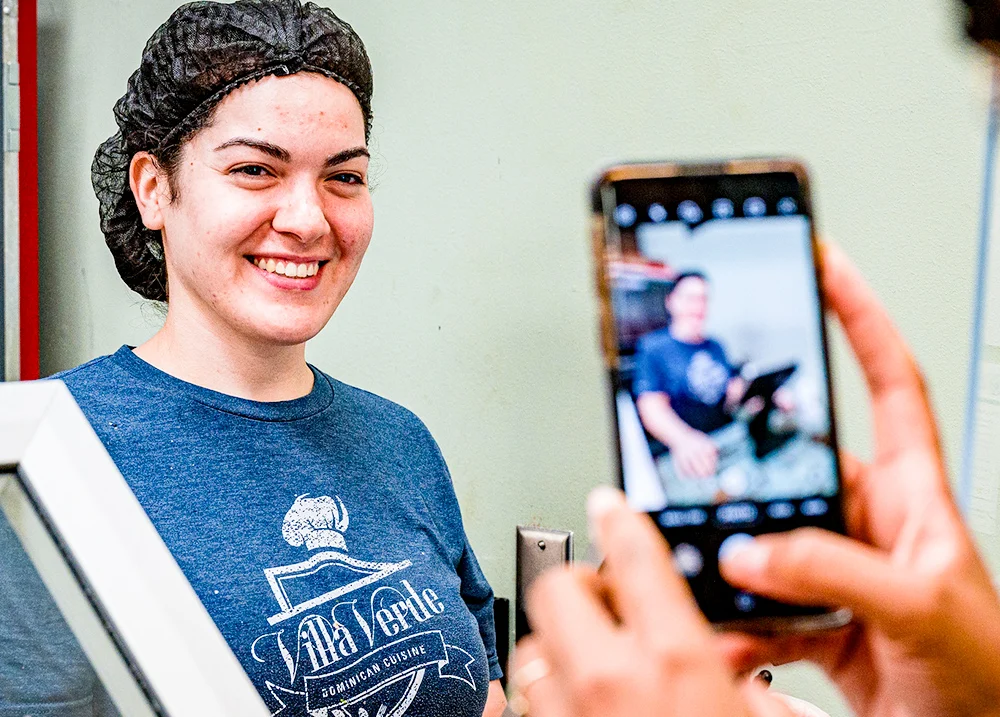

Tools for Social Media Management
You can use tools and programs to organize and schedule social media posts, making it easier to maintain an active presence without dedicating too much time each day.
Some popular social media management tools include:
- Hootsuite: This allows you to schedule posts in advance across multiple social media platforms, track engagement, and analyze performance.
- Buffer: Like Hootsuite, Buffer lets you schedule and publish posts, analyze performance metrics, and collaborate with team members.
- Sprout Social: Sprout Social is a comprehensive social media management tool that features scheduling, monitoring, and reporting, suitable for businesses of all sizes.
- Later: Primarily focused on visual content scheduling for Instagram. Later also supports scheduling for other platforms and provides visual planning tools.
- Canva: Canva is not a scheduling tool, but it acts as an easy graphic design tool for creating visually appealing social media posts, graphics, and promotional materials.
By leveraging the right social media platforms and management tools, you can effectively connect with your audience, attract customers to your product, and ultimately grow your business.

Getting Started on Social Media
There are many different types of social media platforms out there, and which ones you use should depend on which ones your customers use. Two of the most popular are Facebook and Instagram (which is owned by Facebook). Here are some resources for getting started:
Getting Started on Facebook
- Access Facebook for Business resources:
- Visit the Facebook for Business website to find educational materials.
- Create a Facebook Business Page:
- Sign into your personal Facebook account or create one.
- Click on the “+” icon and select “Page.”
- Choose the page type, enter business details, and upload pictures.
- Customize page settings and publish.
- Customize your page:
- Add a call-to-action button.
- Create engaging content like posts, photos, and videos.
- Use Facebook Insights to track performance.
Getting Started on Instagram
- Access Instagram Business resources:
- Visit the Instagram for Business website to access educational resources.
- Create an Instagram business profile:
- Download the Instagram app and sign up or log in to your account.
- Go to your profile settings and select “Switch to Professional Account.”
- Choose the business category and fill in your business details.
- Connect your Instagram account to a Facebook Page for added features.
- Optimize your profile:
- Add a profile picture and bio that represent your business.
- Include contact if applicable.
- Start posting content:
- Create engaging content, such as photos, videos, and stories.
- Utilize relevant hashtags and geotags to increase visibility.
- A hashtag (#) helps users find relevant topics by making something searchable.
- For example, if your business sells books and you post a picture of your business on Instagram, you could add the hashtag #books to your post.
- Now, when users search for the word “books,” your post about your business will show up!
- Multiple hashtags can be added to one post, which makes your post more searchable.
- Geotags are used to attach a location to your post.
- For example, if your business is located in Missoula, MT, you would add a geotag for Missoula, MT.
- Now, when users search for Missoula, your post about your business will show up!
- When posting on Instagram, you will be prompted to add both hashtags and a geotag.
- Interact with your audience by responding to comments and messages.
Accessible Social Media
Making posts on social media can be very effective, but they aren’t always accessible. To make sure your content is accessible, you can follow these steps:
- Add descriptions to images: Use alternative text or image descriptions to provide details about the content of your images.
- Use capitalized words in hashtags: Capitalize the first letter of each word in hashtags to improve readability for screen readers and people scanning posts visually (e.g., #SmallBusinessOwner vs. #smallbusinessowner).
- Add captions to videos: Include captions or transcripts in your videos to assist those who are hard of hearing or have cognitive disabilities. This is also helpful for users who are in an environment where they cannot play the video with sound.
- Add hyperlinks to content: Include direct links to referenced resources to make it easier for all users to locate and access additional information.
- Avoid overusing GIFs: A GIF is a type of image file that has short, looping animations without sound. They are commonly used in text messages but can also be added to websites. GIFs are not accessible to screen readers, so use them sparingly and provide text descriptions when necessary.
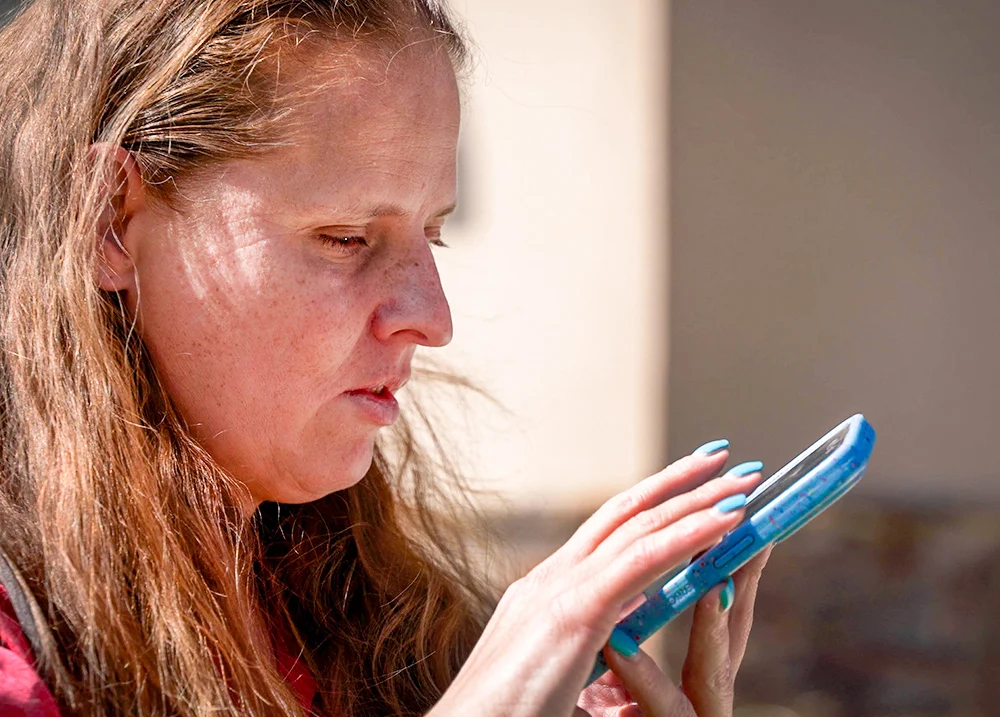
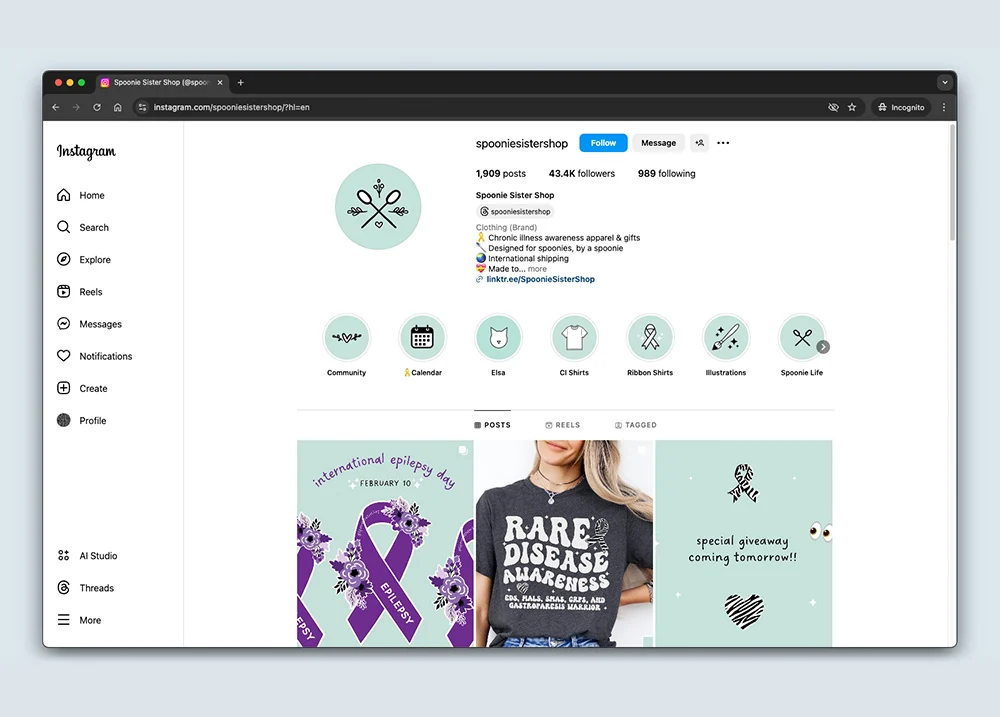
Social Media Examples
Facebook Examples
- Joe Stone: Joe Stone is a motivational speaker, outdoor adventurer, and filmmaker. After he became partially paralyzed in a speed-flying accident, he pushed himself to hand-cycle Glacier National Park’s Going-to-the-Sun Road and complete in an Ironman Triathlon. He now inspires others to overcome perceived barriers and live fulfilling lives, regardless of their abilities.
- Mighty Well: Mighty Well offers reliable and well-designed medical products, founded by individuals with personal experience as patients and caregivers.
Instagram Examples
- Spoonie Sister Shop: Michelle Griffith launched Spoonie Sister Shop to support those with chronic illnesses through awareness-raising products and donations. The business name is inspired by the term “spoonies,” which was coined to explain living with a chronic condition.
- ClofiArt: Janet Gerrard is a neurodiverse artist who creates colorful and textured artwork inspired by her ADHD and autism.
Use the “Return to tabs” button below to jump to the tab navigation bar.
Then continue by selecting the next tab in the list.
Chapter Review
The marketing plan contains information about your business qualities, target customers, and how you will advertise and reach customer groups. To develop a good marketing plan, you need to:
- Describe your products or services and the qualities and benefits of your business
- Define your customer groups
- Research potential customers and similar businesses
- Develop your marketing materials, such as a logo, website, and business cards
- Describe your advertising and promotion strategies and methods

Prepare
Marketing is an important part of getting your new business up and running. You need to spend time researching and thinking about your marketing strategies.
First, figure out the important qualities of your business. What makes your business different than similar businesses in your area? What would attract customers to your business?
Next, identify your target customers.
Then, brainstorm some ways to market your business to them. Use your answers from the Business Qualities Worksheet from this chapter and from the About Your Business Worksheet from “Chapter 3: Business Feasibility” to help you.
VR Counselor Tips
Business Qualities
Knowing what features will make a business attractive to customers is an important first step in developing a marketing strategy. The counselor should help the consumer figure out the qualities of their business that will help them stand out from similar businesses in the area.
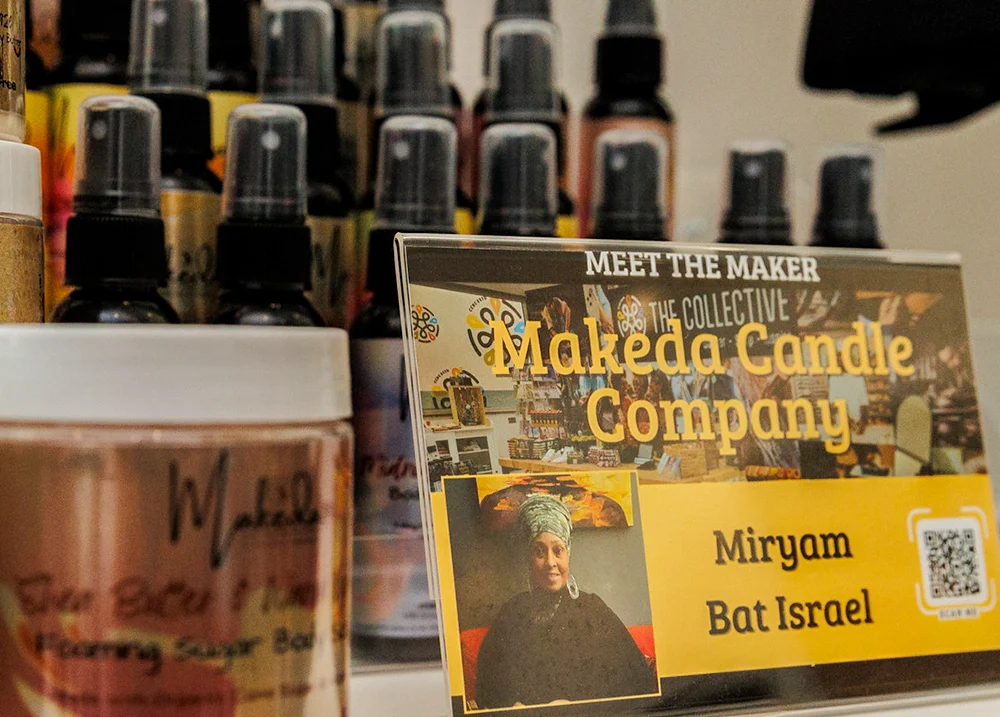

Customer Groups
The counselor should encourage the consumer to think about the different customer groups that might be interested in the business. Start small, focusing on one or two customer groups at first. Consumers can grow their businesses after they achieve success with the first customer groups.
Website
Websites are an important way for customers to search and find products and services. The counselor should help the consumer figure out how to develop their business website and maintain it.
- Can the consumer access a local adult education class for developing a basic website?
- Do they have funds to pay for a web developer? If not, can they work with a student at the local college who can take on website development as a class project?
- Would having a profile on a different platform (like Etsy or eBay) be a better fit for their business and their skills?
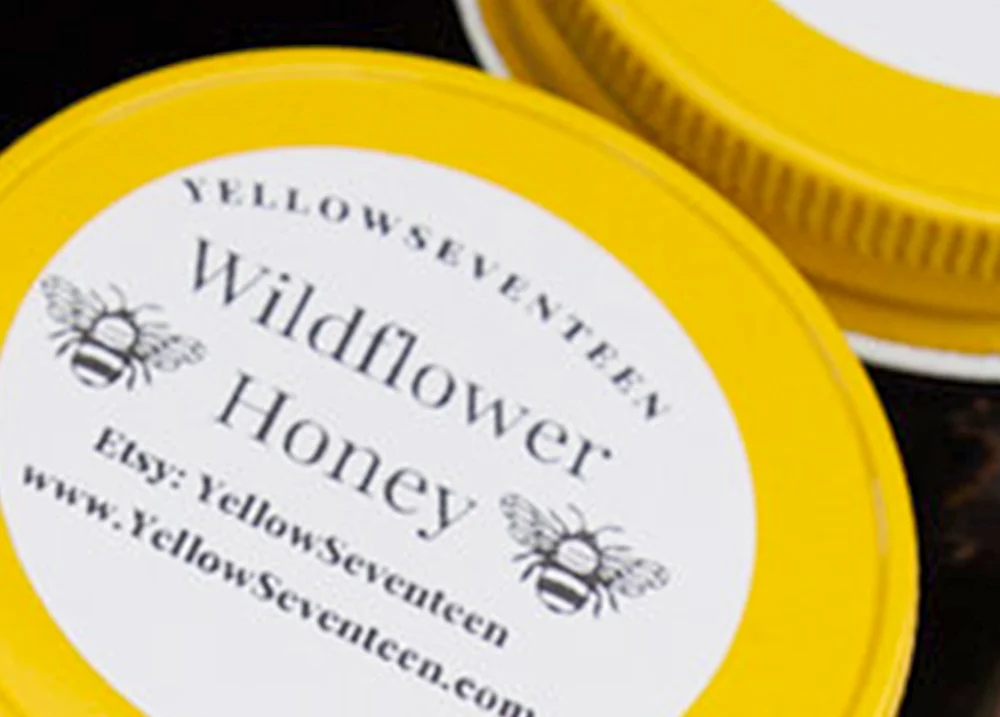
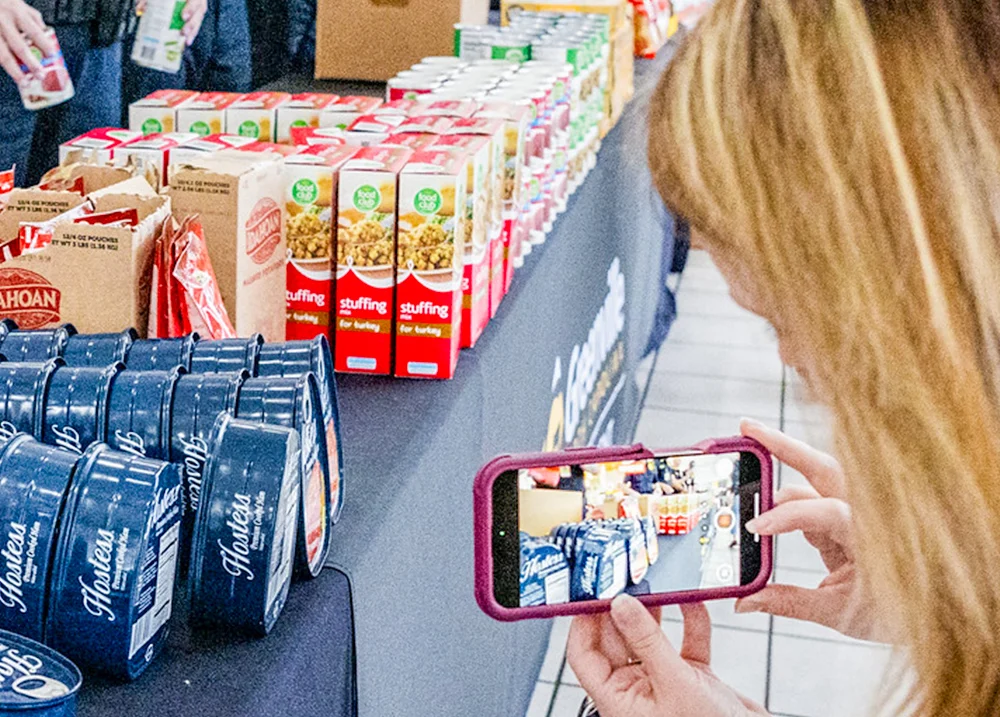
Social Media
Social media is a good way to advertise a business and communicate with customers. Posting to social media accounts is usually free. The main investment is time.
It can be overwhelming to try to keep multiple social media sites up-to-date. The counselor should encourage the consumer to figure out which platform their target customers are using, and to set up accounts on that site. They can always add more platforms later if they have time.
It can be overwhelming to try to keep multiple social media sites up-to-date. The counselor should encourage the consumer to figure out which platform their target customers are using and set up accounts on that site. They can always add more platforms later if they have time.
Word-of-Mouth
Word-of-mouth is still the most effective way to market a business. This is why social media is an important part of a marketing strategy. People share things with their friends and family in person and via social media, which increases the number of people you reach.
However, word-of-mouth works both ways. People can share both good and bad things about the business and owner. The counselor should remind the consumer that a good reputation goes a long way in business.

Use the “Return to tabs” button below to jump to the tab navigation bar.
Then continue by selecting the next tab in the list.
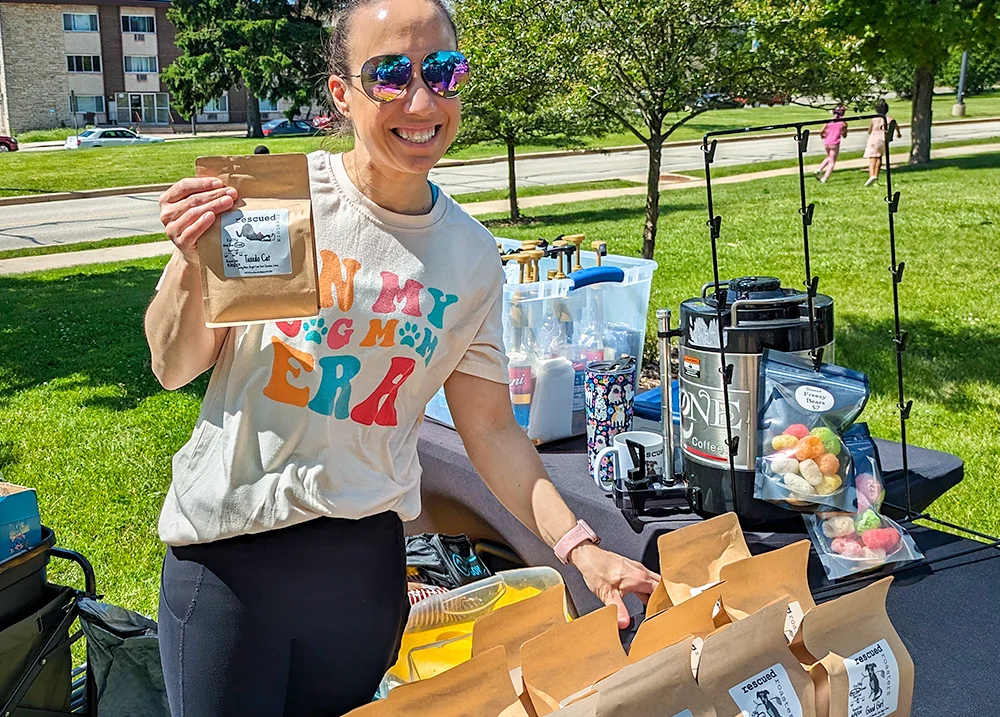
Check Your Understanding:
Assessing the Marketing Plan
This section helps you check your understanding of the material covered in this chapter. First, answer some questions about the marketing plan in this section. Then, apply what you have learned by reviewing business scenarios for Pauline and Sally.
Marketing Plan Questions
Write down your answers to the following questions about the marketing plan. When you are finished, review your answers in the accordion below.
- What things should you think about when you pick your business name?
- Why is it important to understand your business’s different customer groups?
- What are some strategies for learning about your potential customers?
- Why is it important to know things about similar businesses or your competition?
- What are some different ways to tell customers about your business?
- Why should businesses have a website?

Review Your Answers

Choosing a Business Name
Question: What things should you think about when you pick your business name?
Answer: A business name should:
- Have meaning
- Tell what the business does
- Showcase a business quality that the owner would like to share
- Not offend people
- Look good on marketing materials
- Not be trademarked
- Not have the same name or a similar name to another business in the same community or area
Customer Segments
Question: Why is it important to understand your business’s different customer groups?
Answer: Understanding your different customer groups will help you target your marketing methods and messages. It will be easier to reach different people with different messages tailored to what they care about.


Learning About Potential Customers
Question: What are some strategies for learning about your potential customers?
Answer: You can learn about potential customers by doing some online research and following up with survey and interview research. Research can help you learn about customer preferences and tastes so you can tailor your product and marketing to them.
Learning About Similar Businesses
Question: Why is it important to know things about similar businesses or your competition?
Answer: It is important to know how your business is different than other similar businesses in your community. Highlighting these differences, such as different hours, better quality, or unique products or services, will help you develop your own customer base. You can also learn what other businesses do well and build these practices into your own business.


Reaching Your Customers
Question: What are some different ways to tell customers about your business?
Answer: There are three primary ways to tell customers about your business. They include advertising, promotions, and public relations.
- Advertising methods include personal contacts or conversations with customers, word-of-mouth referrals, business cards, brochures, posters, flyers, websites, social media posts, email newsletters, text messages, mailings, and print, TV, or radio ads.
- Promotion strategies include coupons, incentives, sales, and free samples.
- Public relations include things like giving talks, sponsoring community events, donating goods and services to community organizations as raffle prizes, or providing useful information about a specialized topic on social media.
Website
Question: Why should a business have a website?
Answer: Most marketing experts recommend that every business, even small ones, have a website. People commonly do web searches to find a business and look for information about the business.

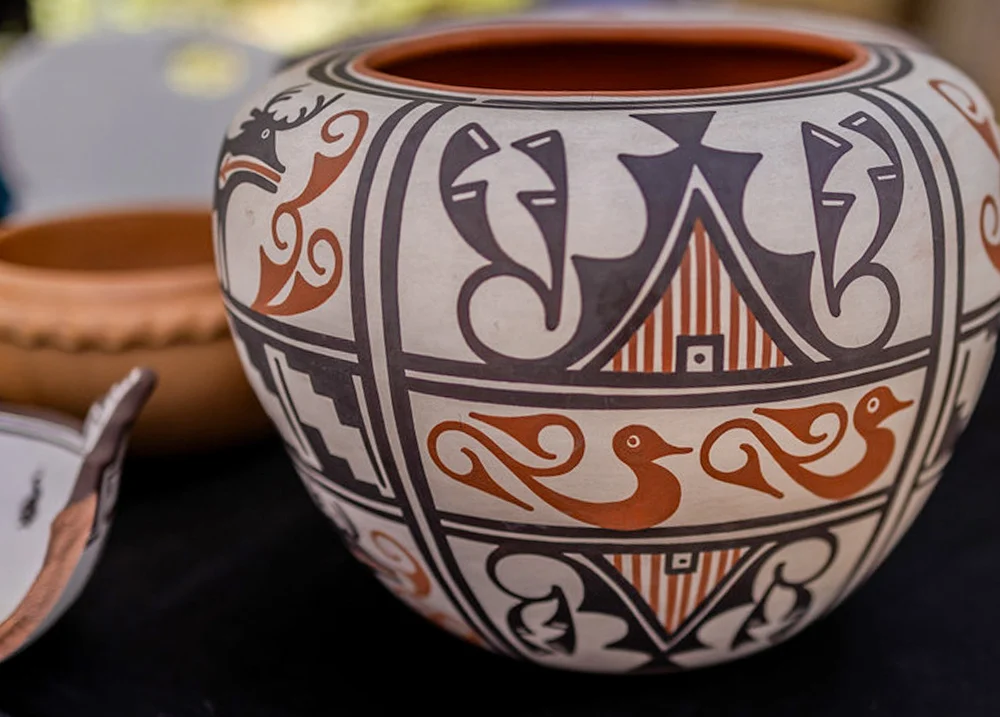
Scenario 1: Pauline
Pauline is thinking about starting a pottery business. Here is a brief background about her business idea.
- Pauline has been making pots as a hobby for several years and wants to start a pottery business.
- She lives on a prairie and plans to use local and natural materials for her products.
- She named her business “Pauline’s Natural Pottery on the Big Platte Prairie.”
- She plans to sell her pottery at a local gift shop, the farmer’s market, and online.
- Her town is rather small, but many people come to the area to see sandhill cranes and other birds in the spring.
- Community gatherings in her town often occur at the senior center, community center, and farmer’s market.
- Her nephew is a graphic artist and has agreed to make a logo for her business.
Based on the information provided, write down your answers to the following questions. Then see how your answers line up with those provided. Keep in mind there are no “right or wrong” responses.
- First, describe whether you think her business name is good or could be improved and why. Then, list some other possible names.
- Next, list some questions she could ask in a survey or interview to learn more about her potential customers.
- Finally, describe how she might market to these customers.
Open the “Pauline’s Answers” accordion below to compare your answers.
Pauline’s Answers

Pauline’s Business Name
Pauline’s business name describes the business and her product. However, it is long and may not fit well on advertising materials. Some other names that might work include:
- Pauline’s Pottery
- Pauline’s Natural Pottery
- Big Platte Pottery
Pauline’s Customers
Pauline thinks her customers will be middle-aged people living in her town and tourists who are visiting to see the sandhill cranes. She believes locals will be buying the pottery primarily for gifts or personal use. She thinks tourists will be interested in pottery as a souvenir from their trip. Some possible questions to learn more might include:
- What types of pottery do you own (cups, bowls, platters, etc.)?
- What types of pottery and designs do you prefer?
- Large bowls, small bowls, platters, pie plates, etc.?
- What colors appeal to you?
- Do you like smoother surfaces or textured ones?
- Do you like pottery with a finished glaze or unglazed?
- When and where was the last time you purchased a piece of pottery? What was it, and how much did you pay for it?
- Do you usually buy pottery or gifts in person or online?
- What types of social media do you use?
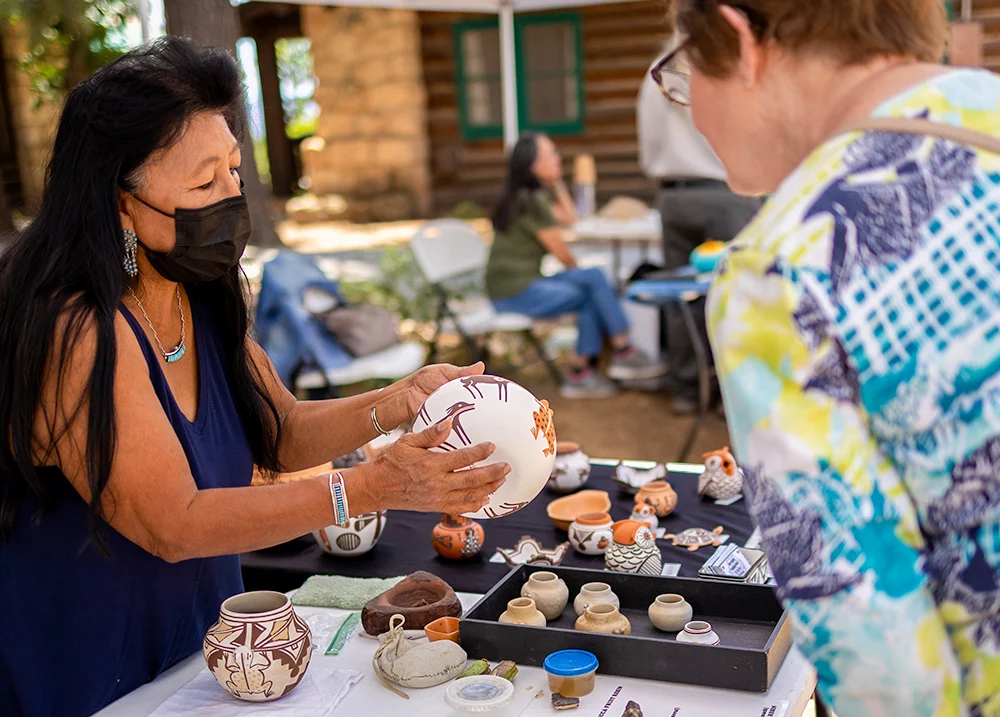
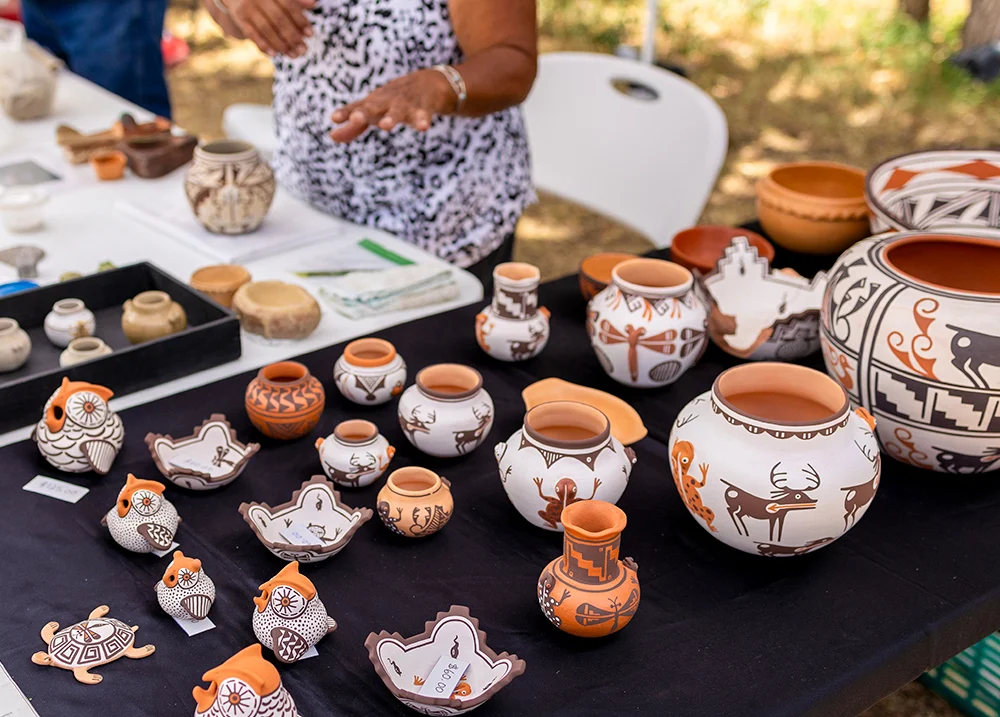
Pauline’s Marketing
Some strategies Pauline might use to advertise and highlight her business include:
- Buy ads in the local paper and create a social media account.
- Highlight that she uses local materials in her pots to distinguish her product from others.
- Run some promotions, such as “buy one, get another at 50% off,” to begin building a reputation for her products.
- Do some public events such as visiting the senior center and community center to talk about her pots and how she makes them.
- Hand out brochures to birders and other tourists who come through town with special limited editions of pots with sandhill crane themes.
Scenario 2: Sally
Sally is thinking about starting a small rock and gem shop. Here is a brief background about her business idea.
- Sally wants to start a business that sells rocks, gems, and fossils called “Sally’s Stones.”
- She also plans to offer educational programs for children and adults in her shop at local schools and the Natural History Museum.
- Sally lives in Moab, Utah, a place with a lot of unique geology. Many seasonal tourists visit because of the geology.
- If her business goes well, she might start offering geology tours.
- Sally doesn’t have much money for advertising, but she knows how to use social media.

Based on the information provided, think about Sally’s business and how she can create a marketing plan that will set her up for success.
- First, think about the business name. Does it describe what the business does or sells? Is it too long, too short, too detailed, or to vague? What are some other possible business names?
- Next, think about how she can learn more about her potential customers. What questions could she ask?
- Finally, think about how she can tailor her marketing strategies to those customers.
Open the “Sally’s Answers” accordion below to compare your answers.
Sally’s Answers
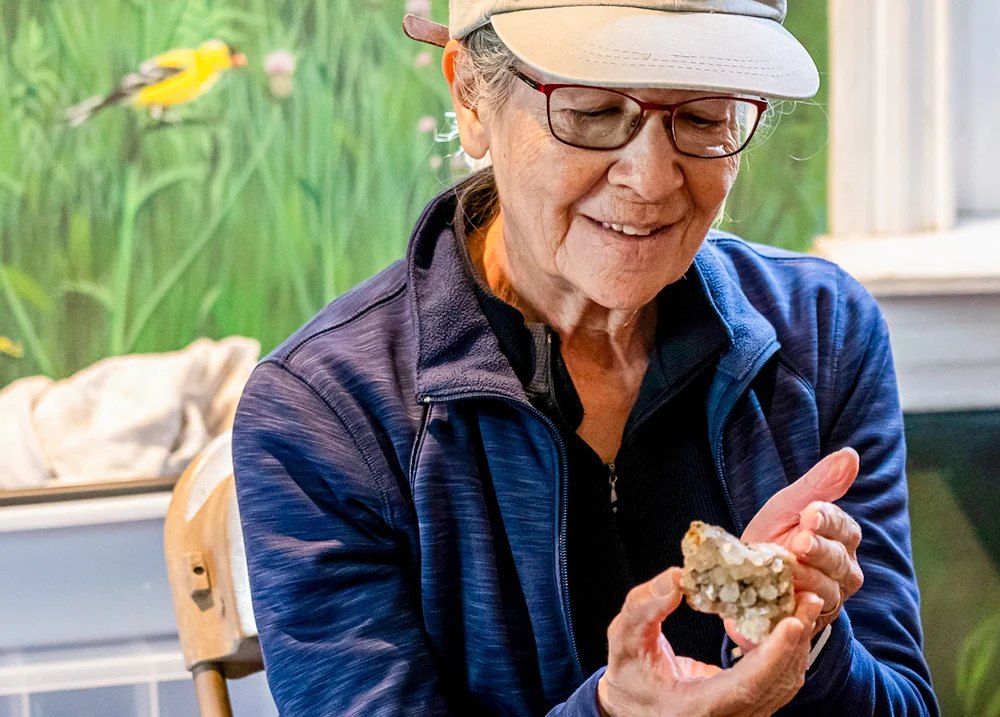
Sally’s Business Name
Sally’s business name is short, catchy, and describes what she sells. However, she might want to include something that also describes the educational part of her business. Some other names that might work include:
- Sally’s Stones and Classes
- Sally’s Rocks and Talks
- Sally’s Fossils and Forums
Sally’s Customers
Sally thinks her customers will be locals who are interested in rocks and gems and tourists interested in the geology of the region. Some possible questions to learn more might include:
- What interests you about geology in this area?
- Do you have any favorite types of rocks or gems?
- What types of rocks or gems are missing from your personal collection?
- How do you display the rocks and gems you have collected?
- Do you prefer polished or unpolished stones?
- What types of social media do you use?
- Would you be interested in a tour of the local geology?
- How long would you want the tour to be?
- Would you want a walking or driving tour?
- How much would you be willing to pay for a tour?
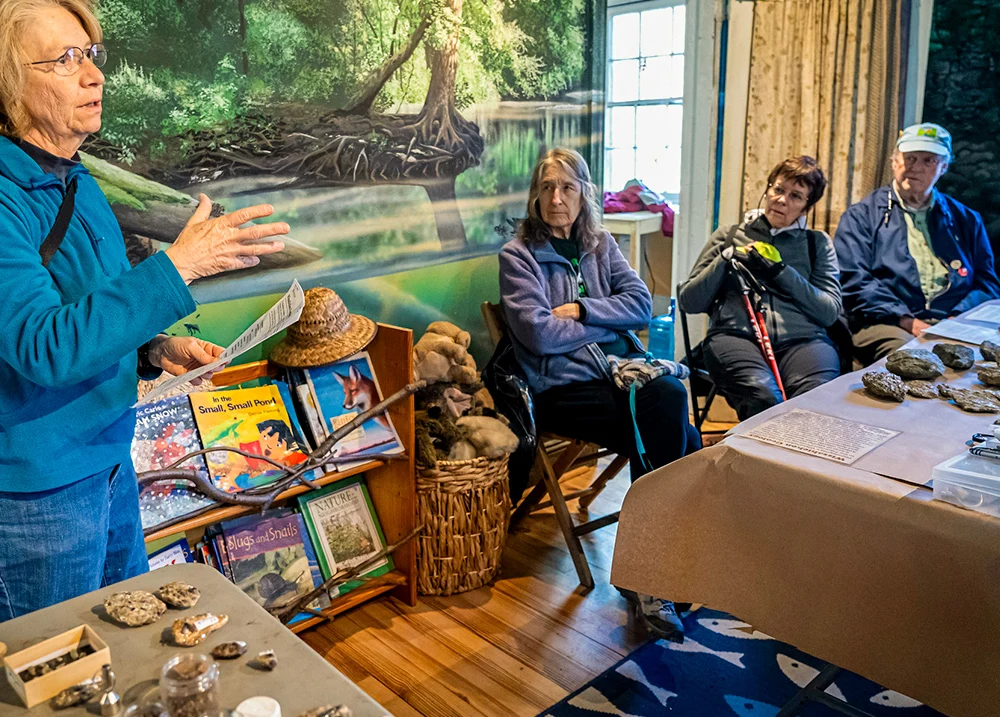
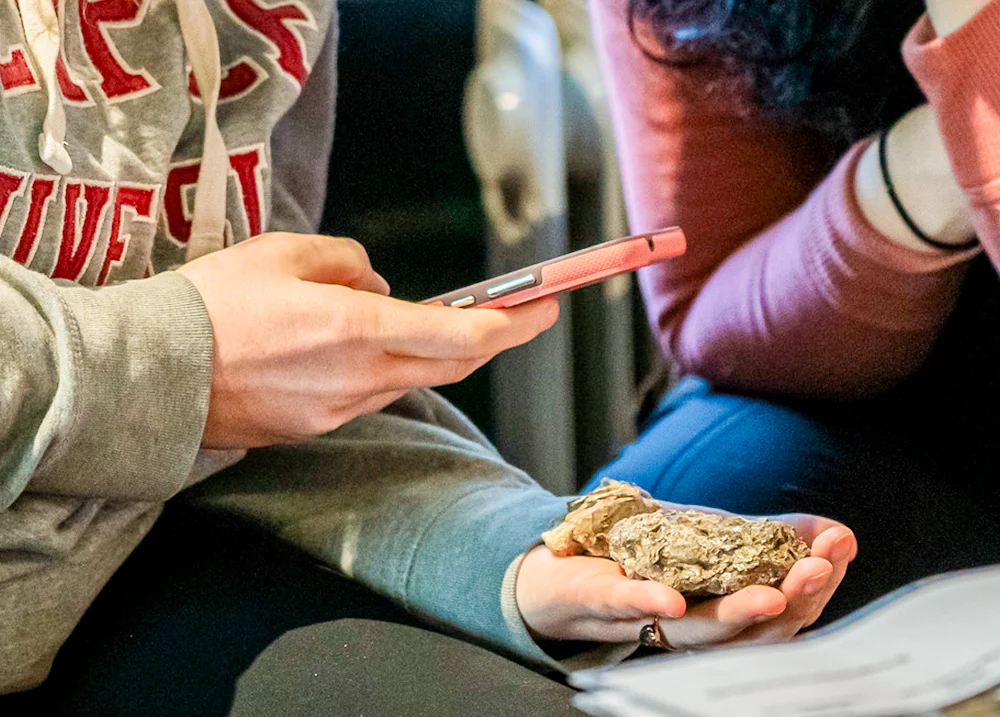
Sally’s Marketing
Offering educational programs is a great way to attract customers, but it also requires a lot of time and effort. Some other strategies to advertise and highlight her business might include:
- Share pictures of rocks, gems, and fossils, and stories about collecting them on her website and other social media, such as Facebook and Instagram.
- Create a YouTube channel to share informational videos about different types of fossils and gems.
- Place brochures at gas stations and the local visitor center and fliers on the windows of cars at local restaurants.
- Partner with existing tour companies to give brief talks and presentations to visitors.
- Use her website and other materials to highlight how her shop is more than just a place to buy rocks and gems, but also a place to learn about the local geology.
Use the “Return to tabs” button below to jump to the tab navigation bar.
Then continue by selecting the next tab in the list.
